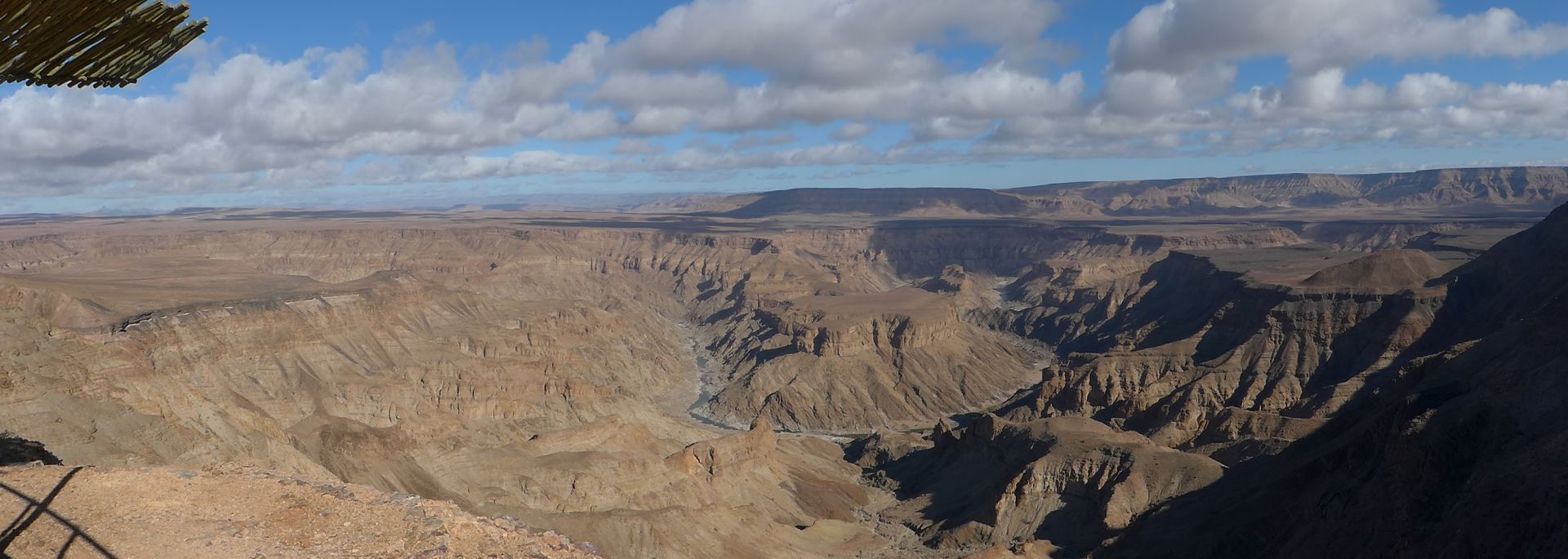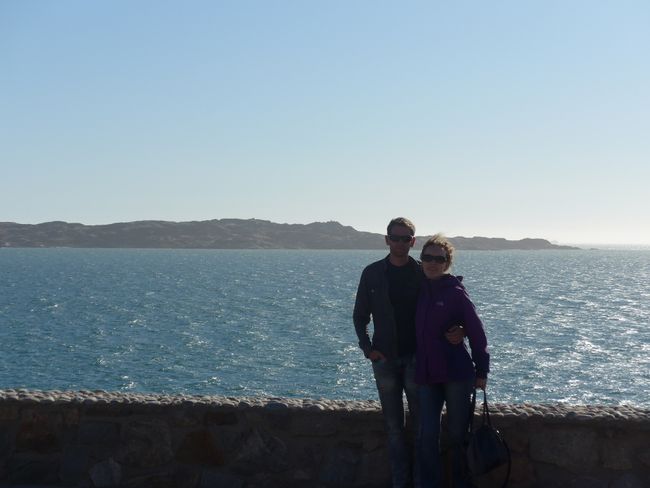Excursion from Reykjavik: Iceland from the inside and outside - lava cave and Thingvellir (with the AIDAaura to Greenland and Iceland 12)
ที่ตีพิมพ์: 31.07.2022
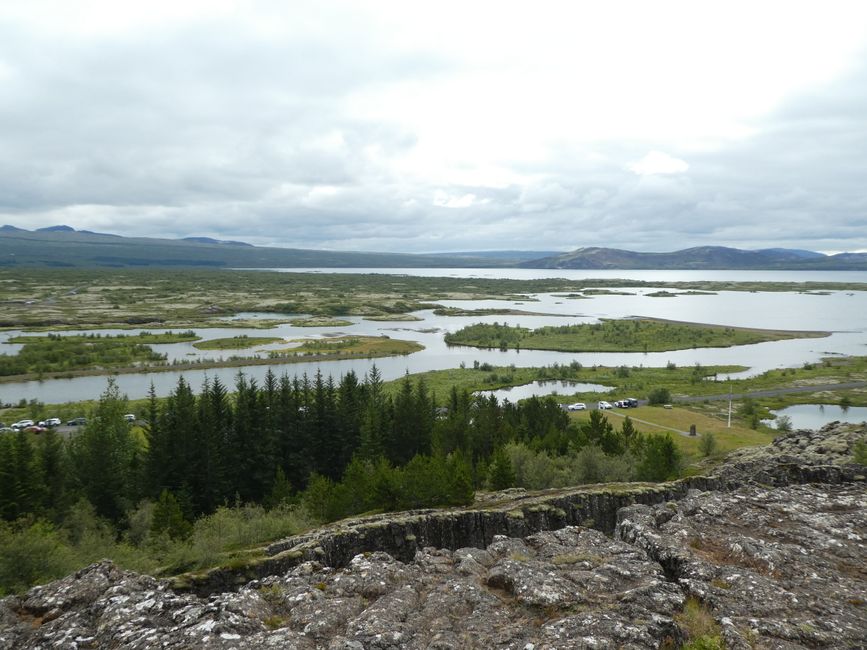
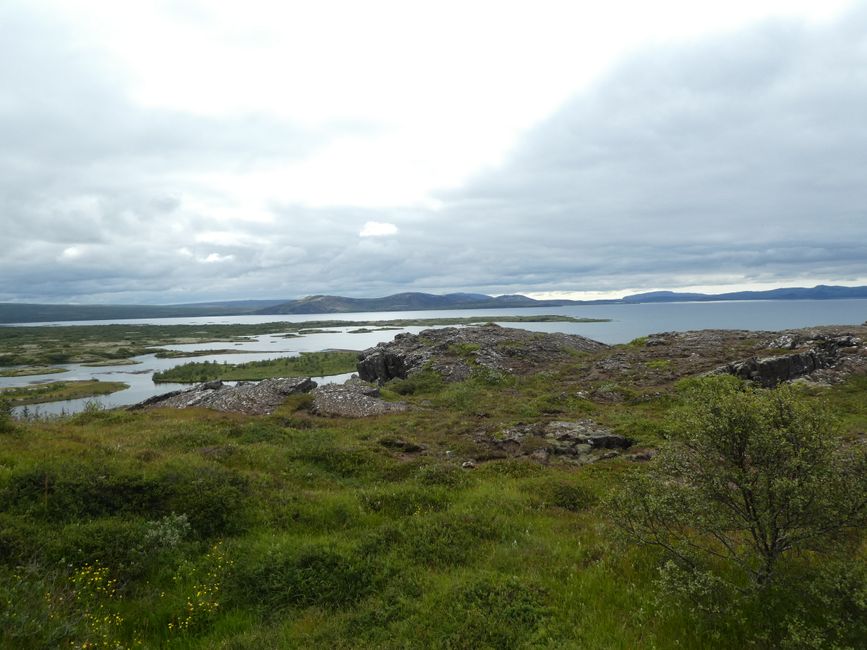
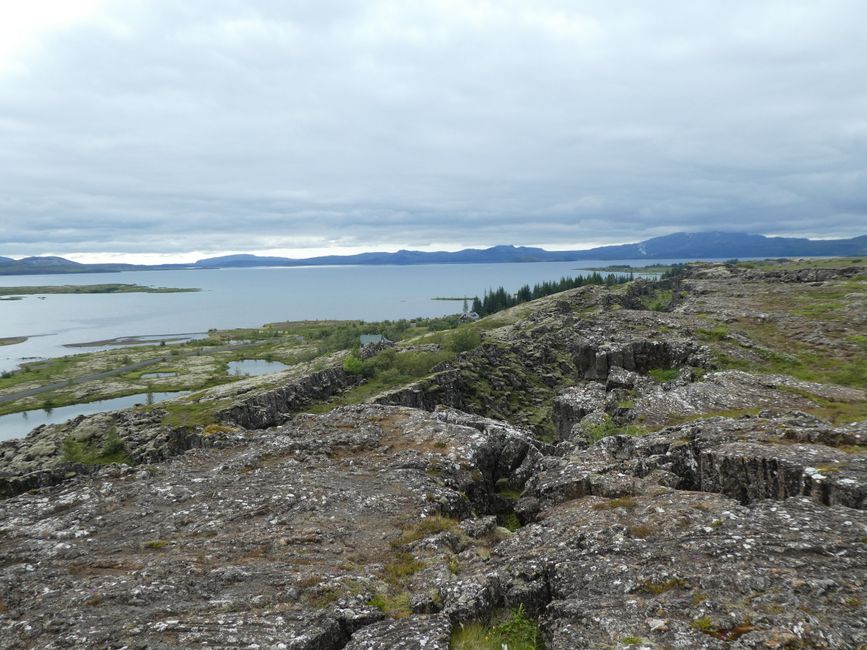
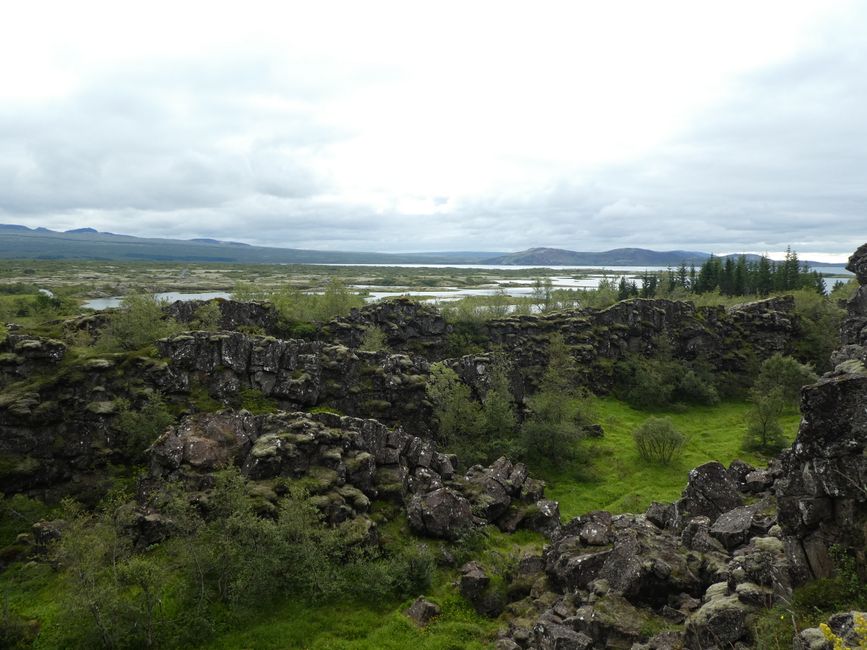
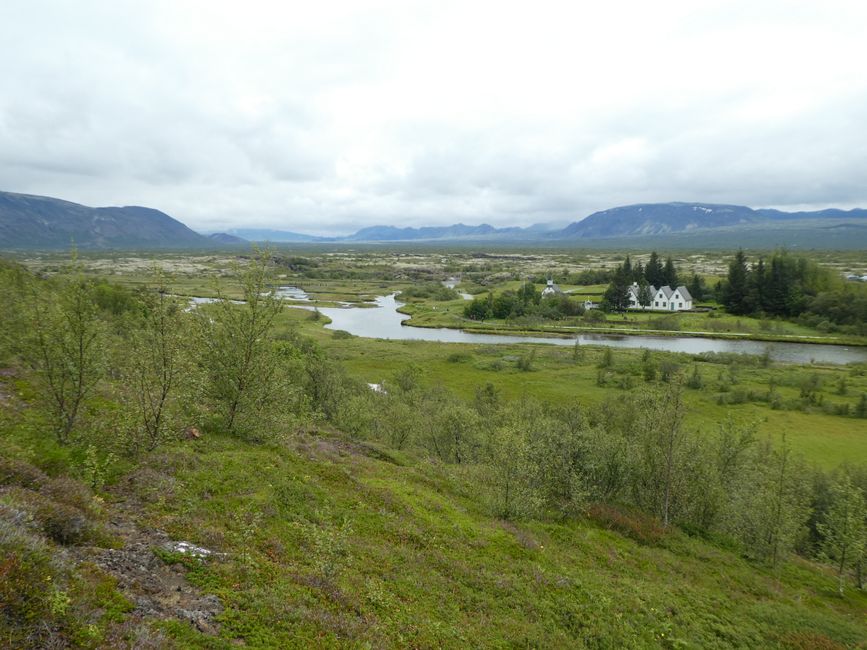
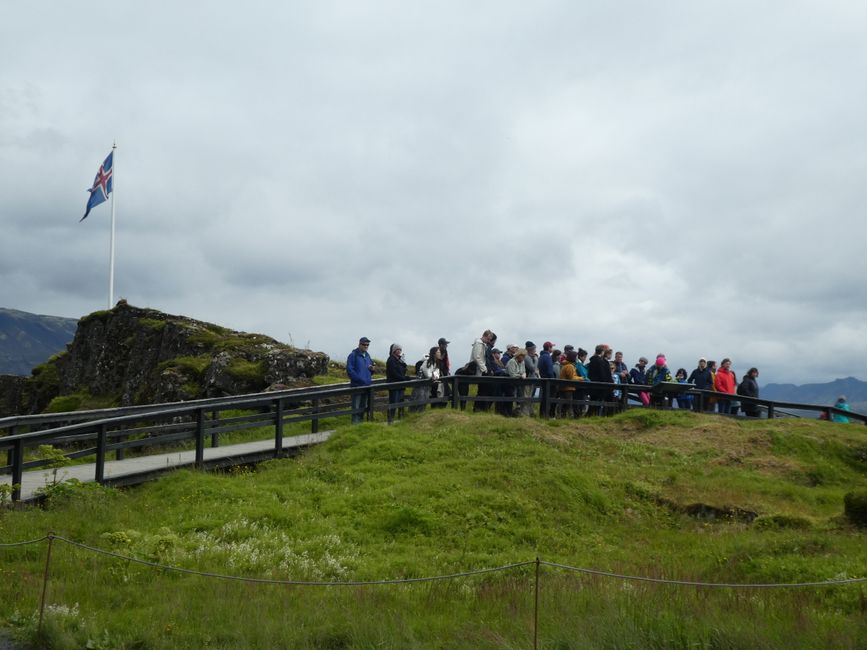
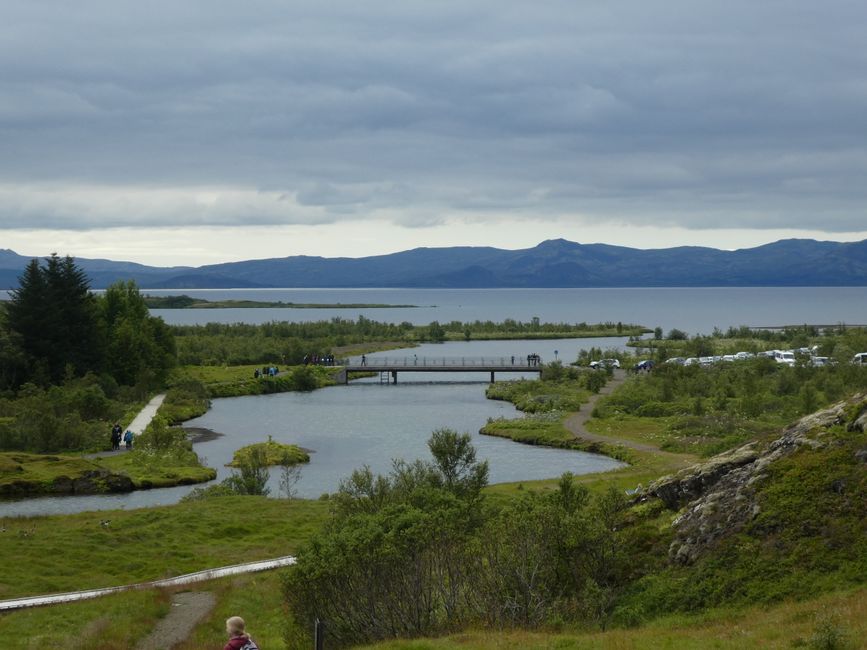
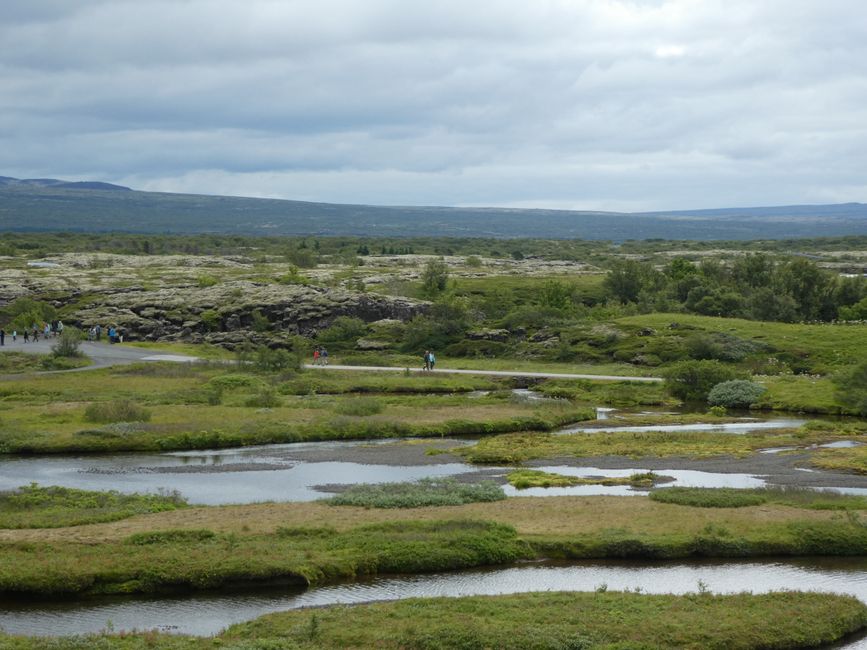
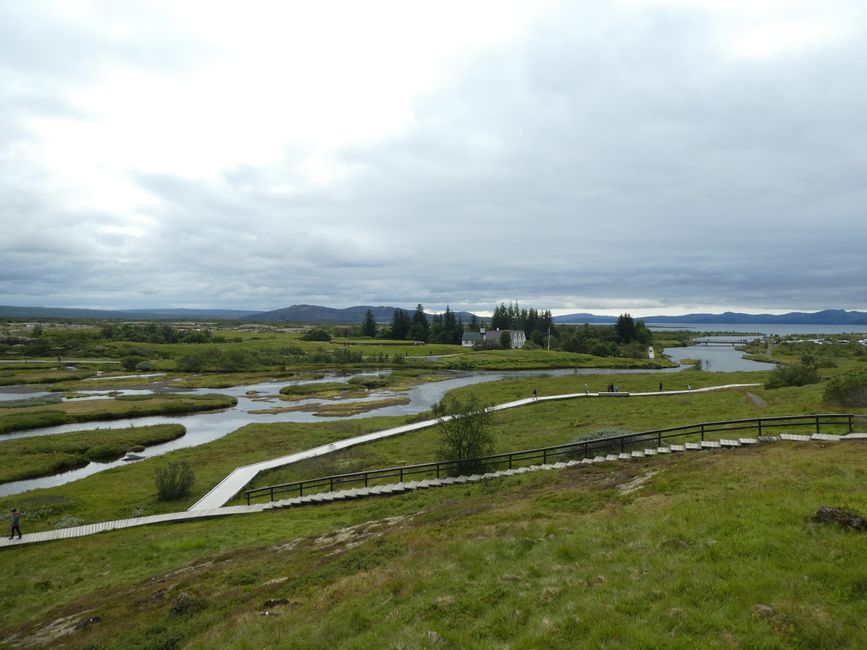
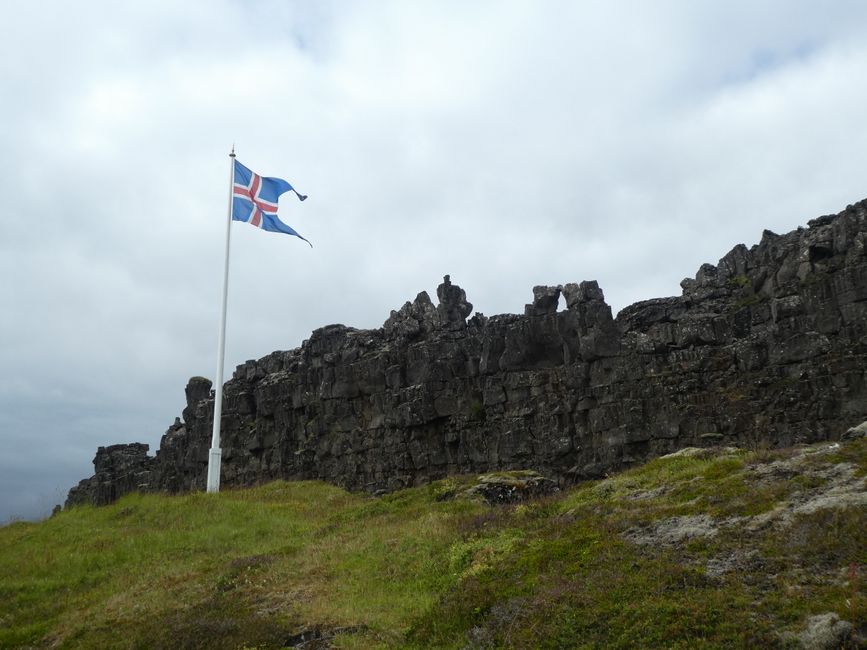
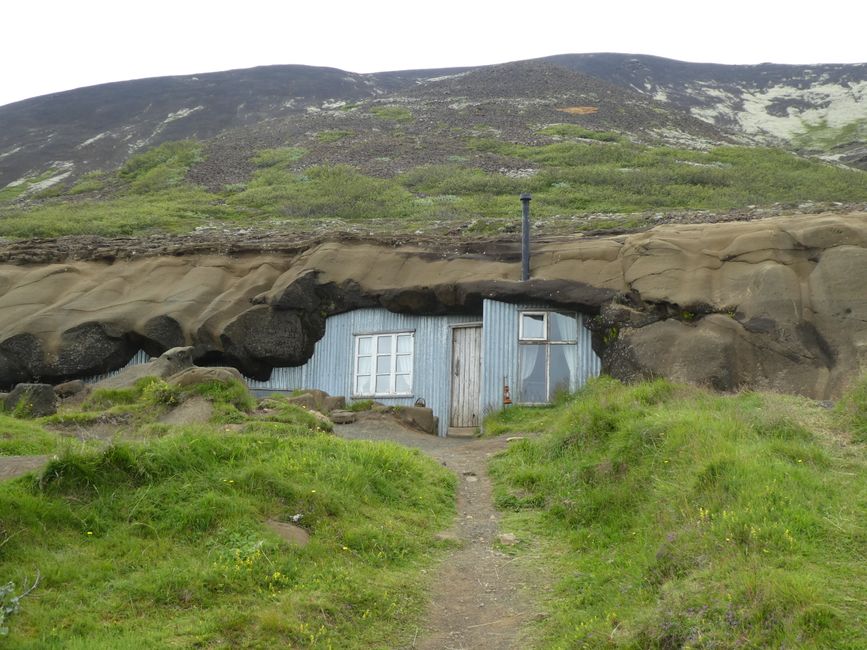
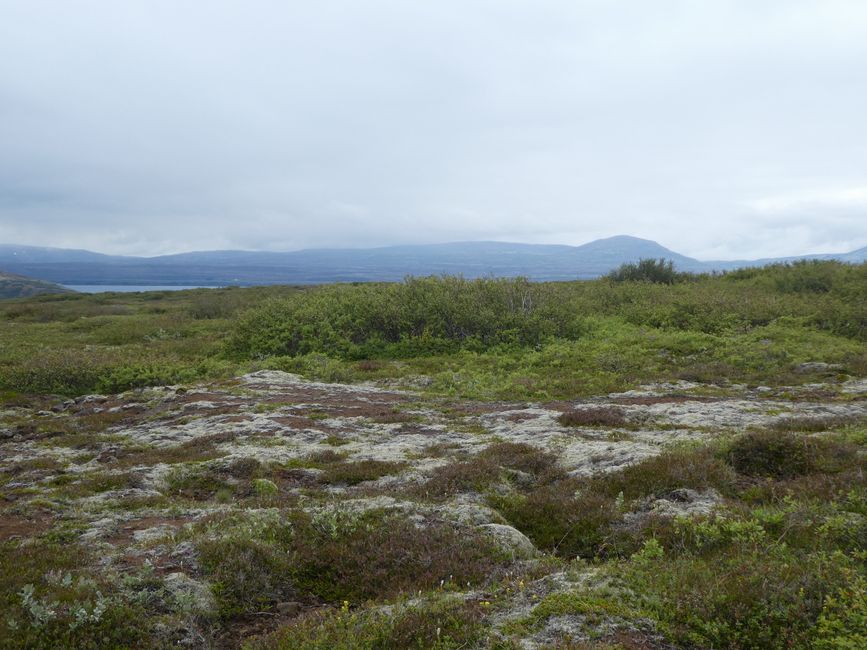
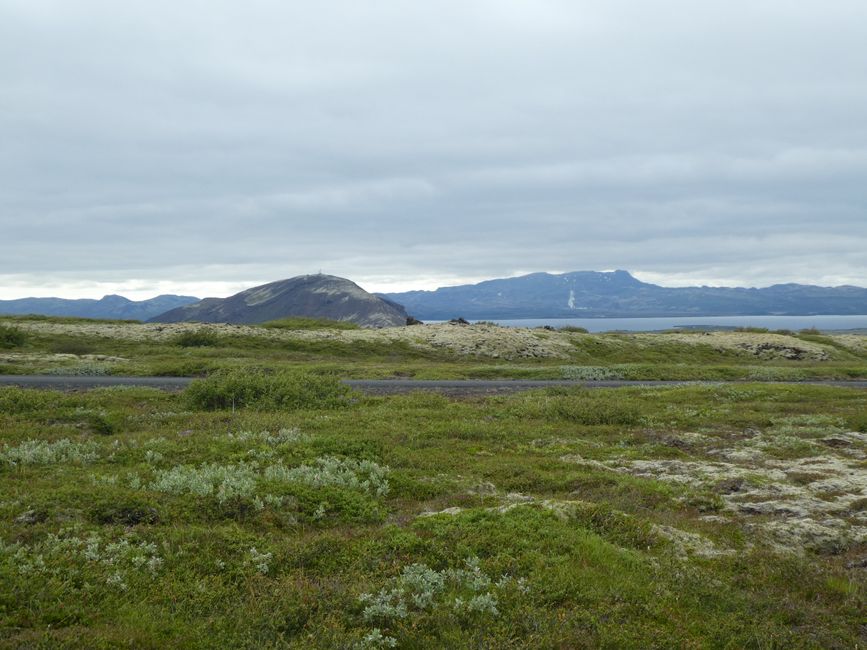


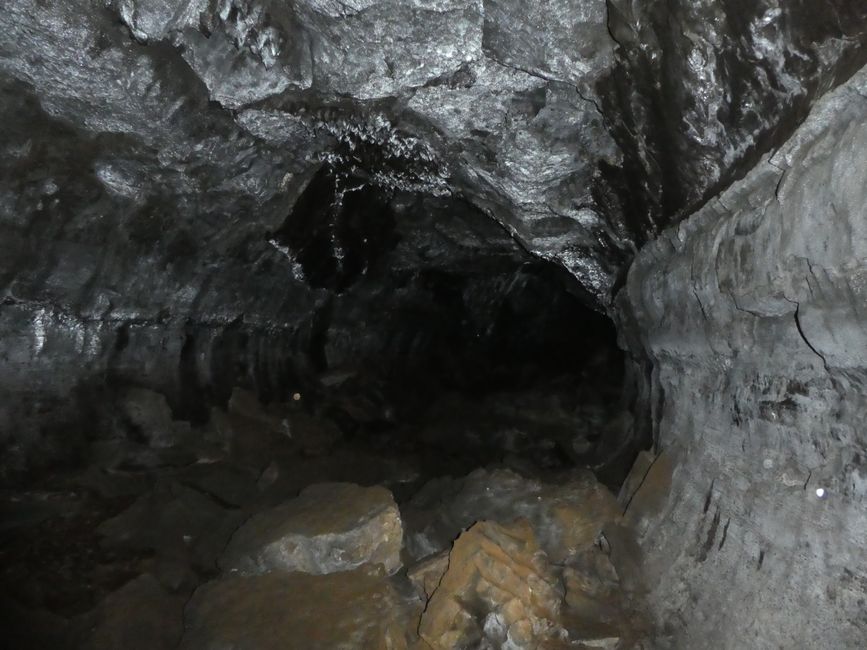
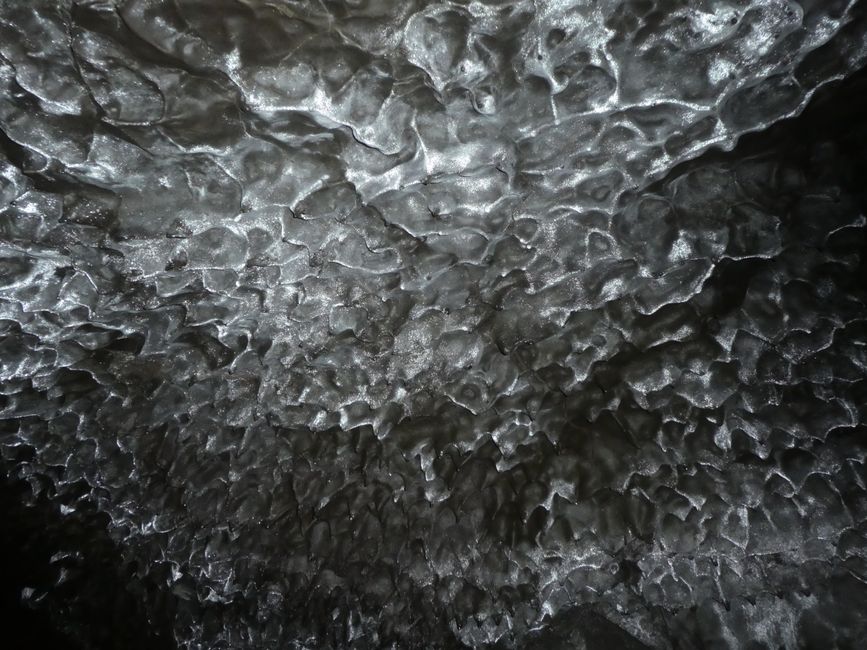
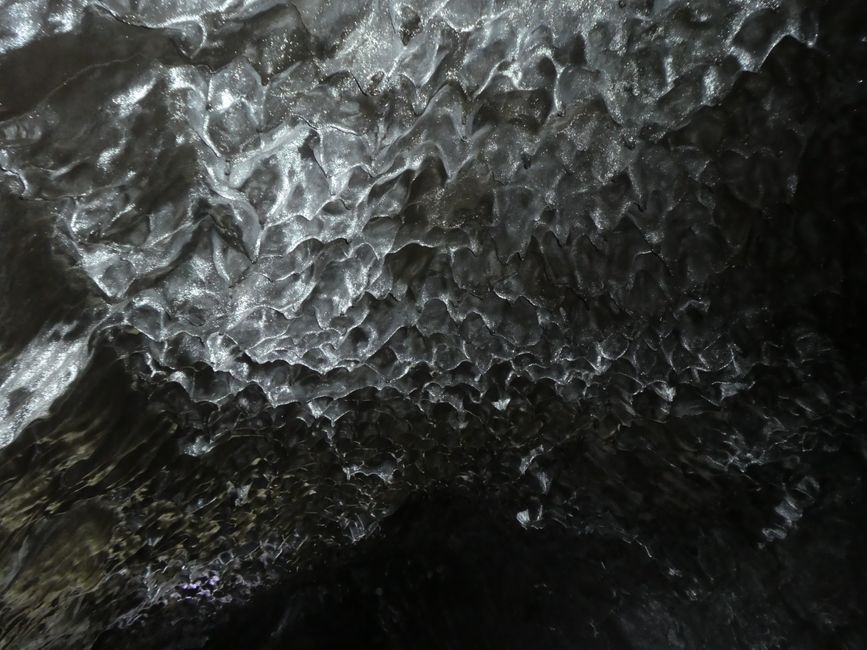
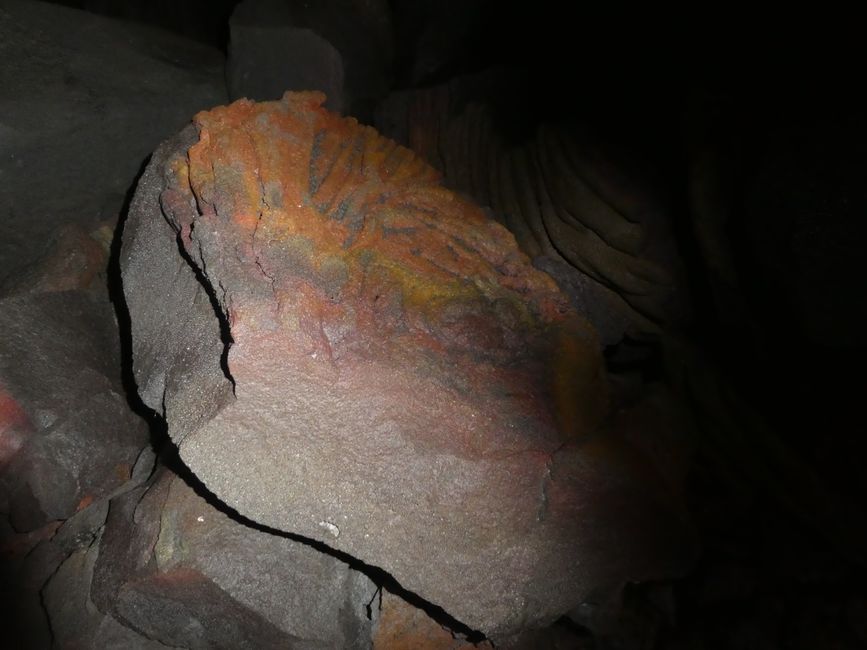
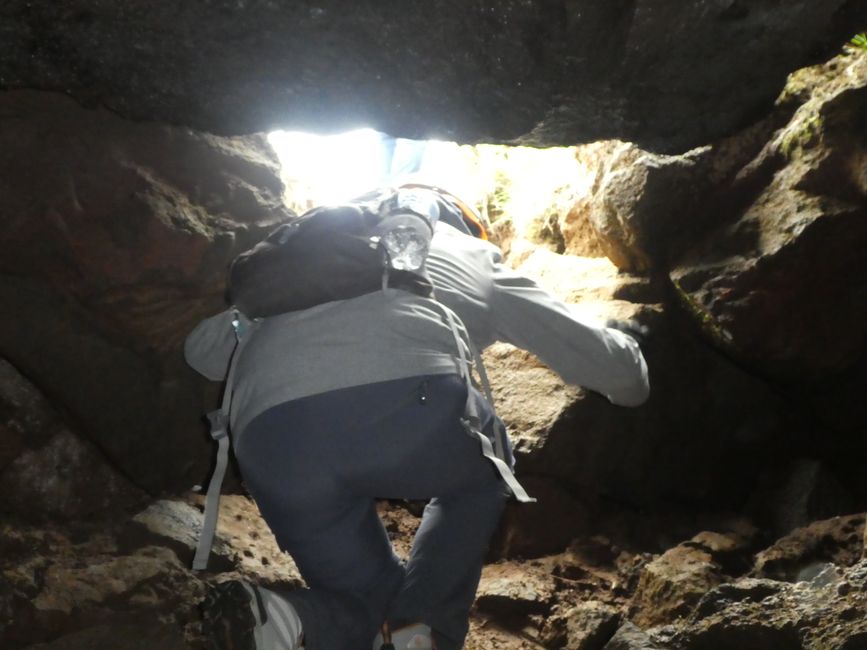
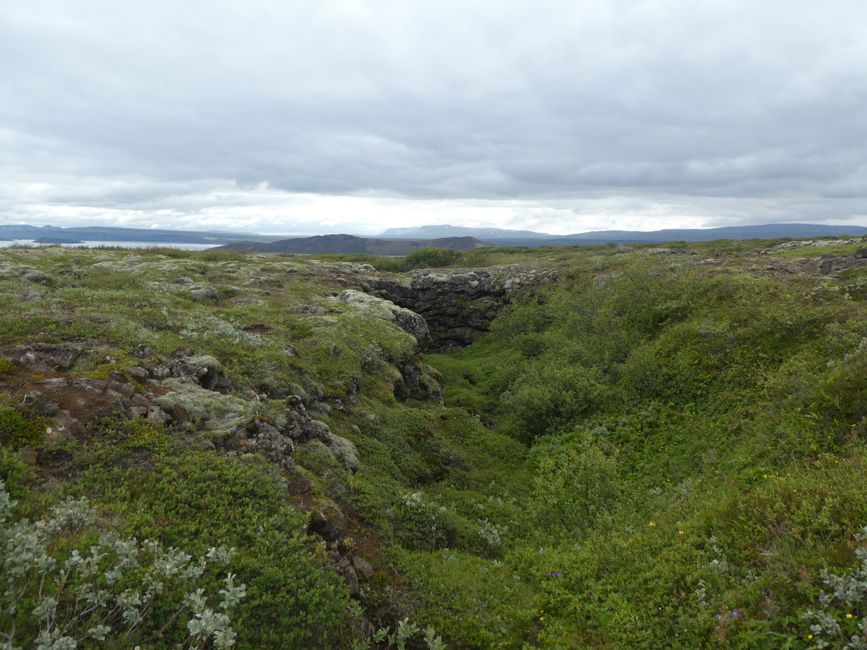
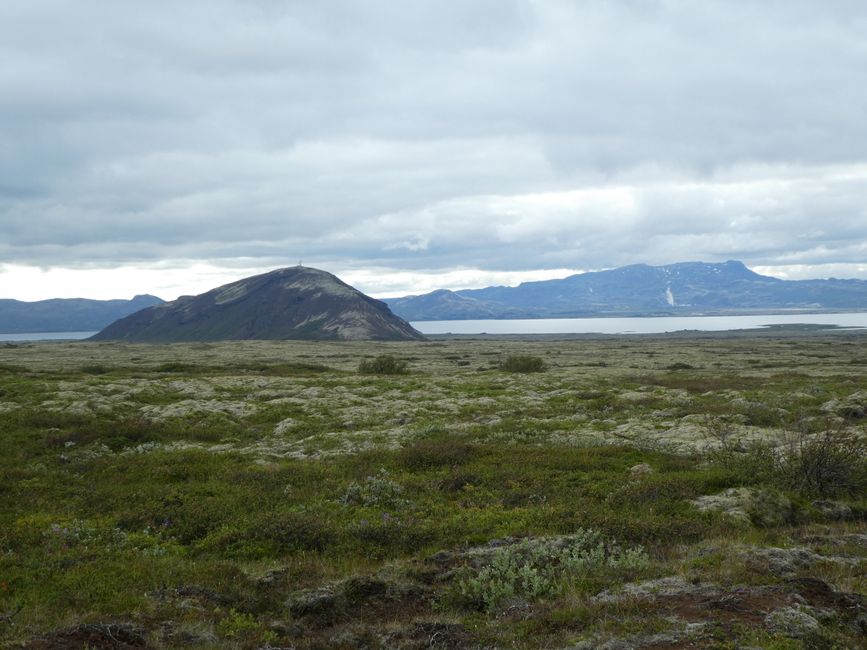
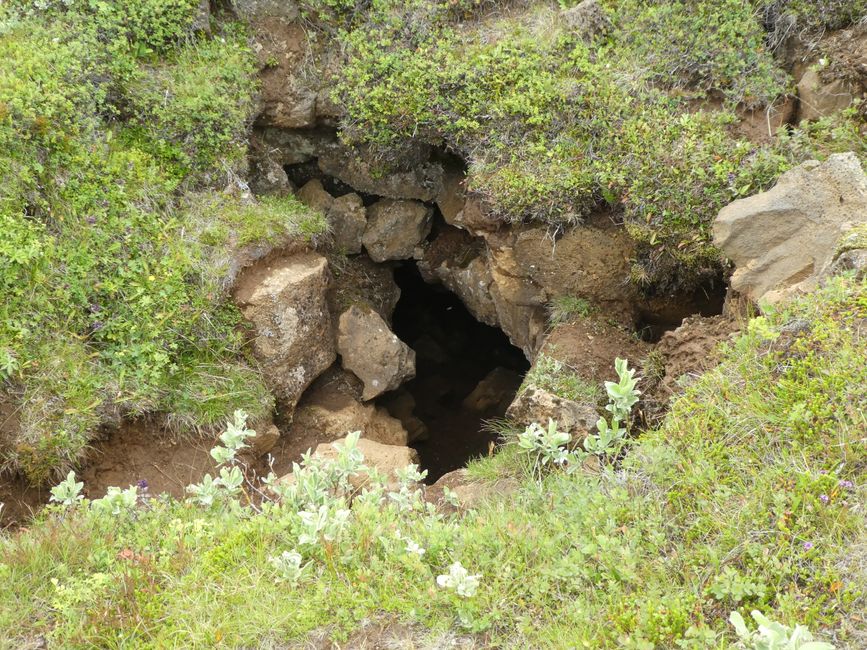
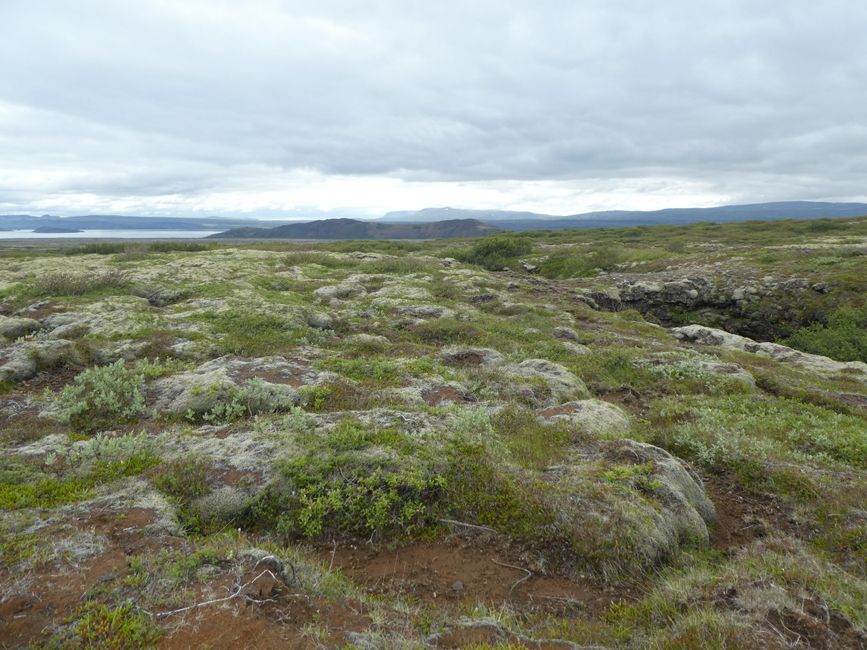
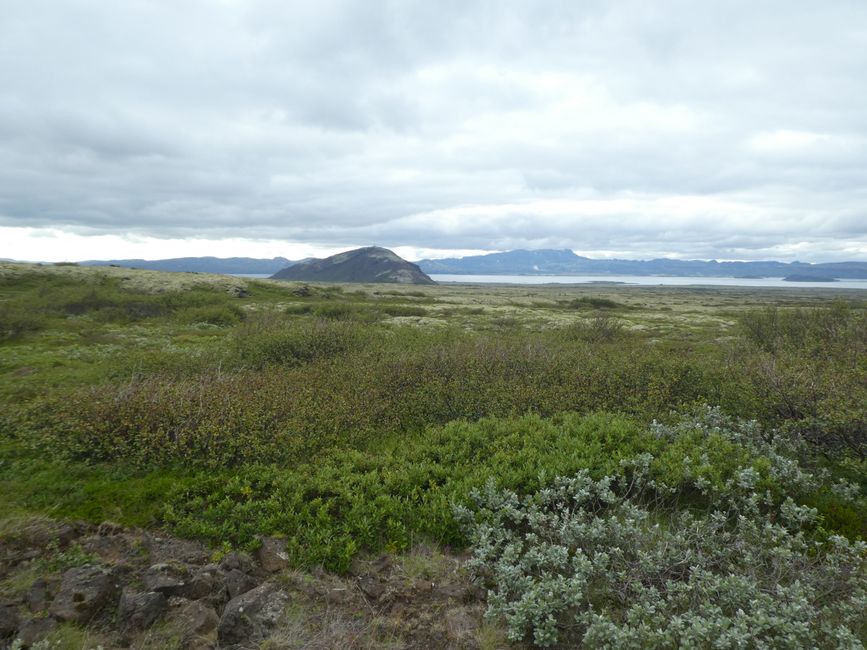
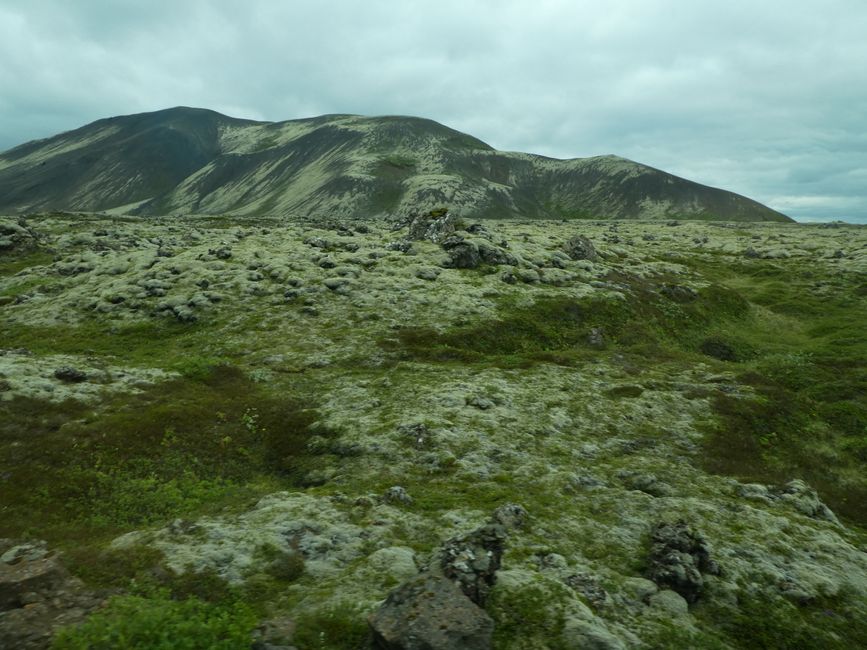
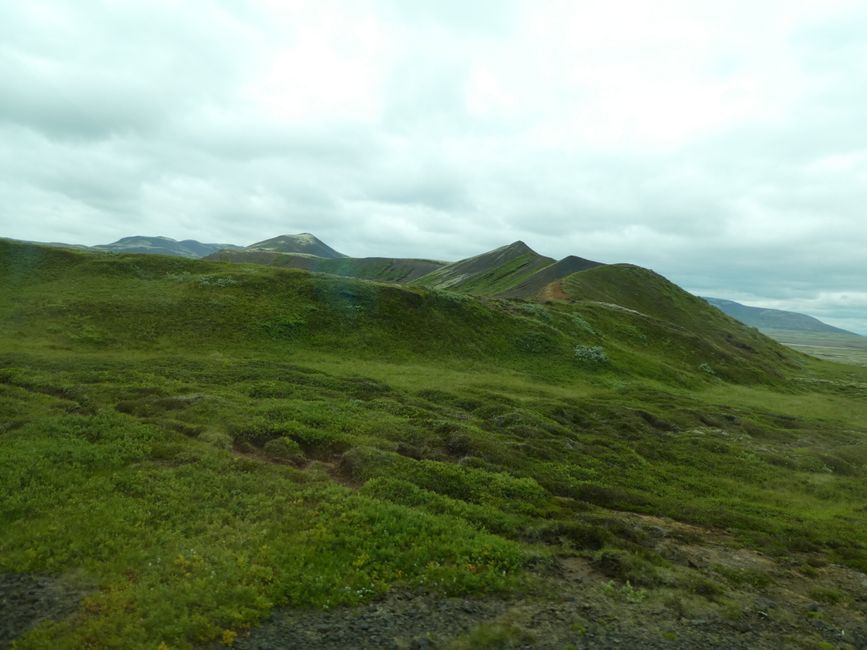
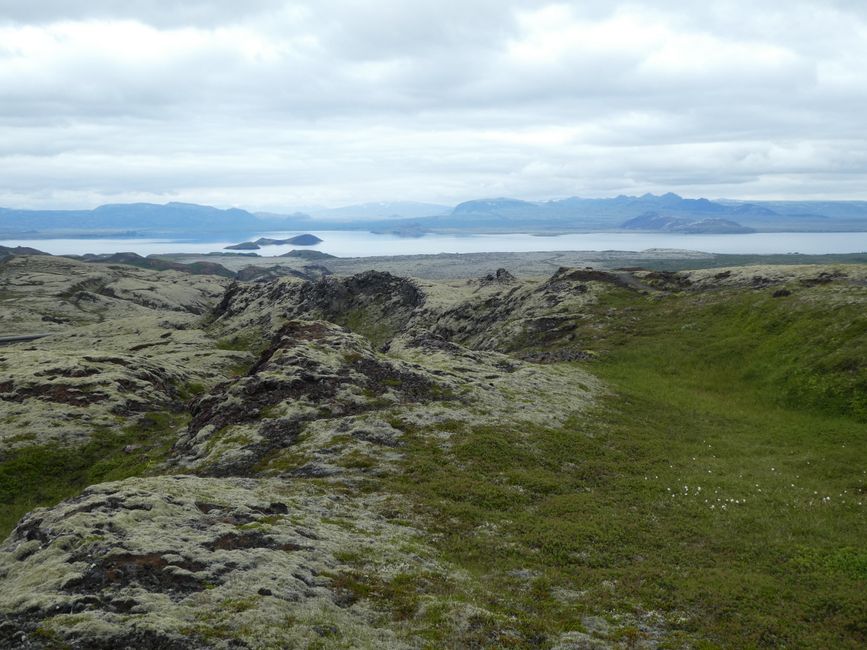
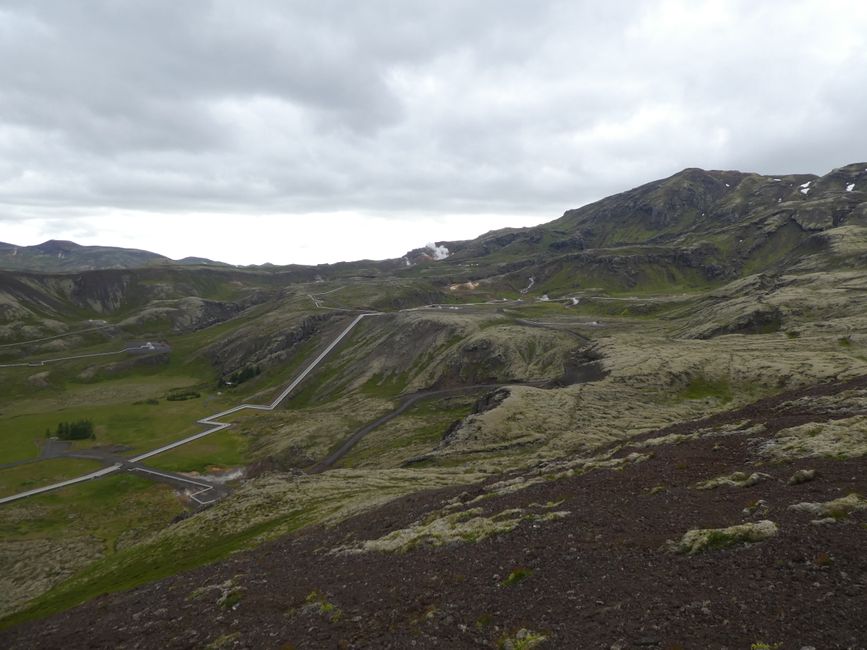
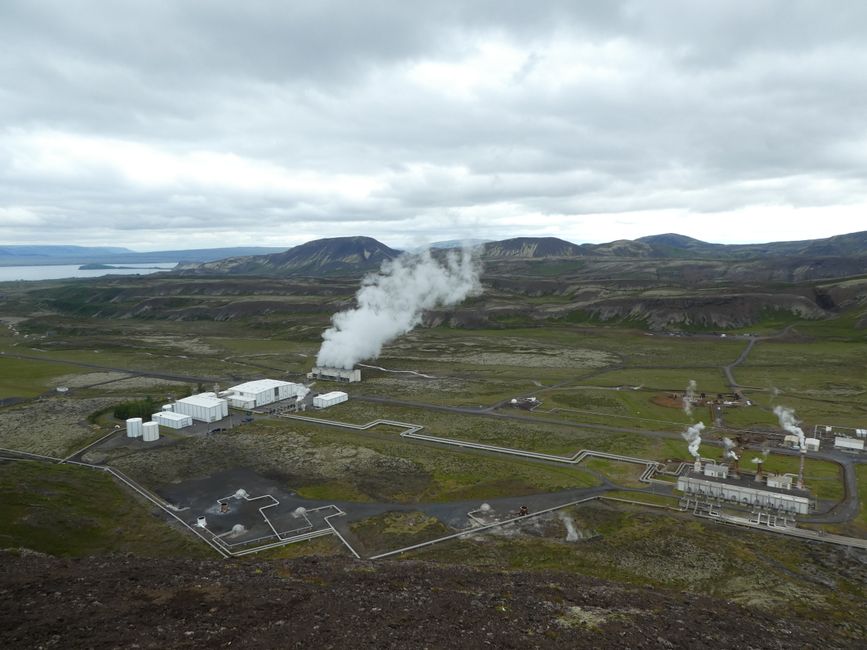
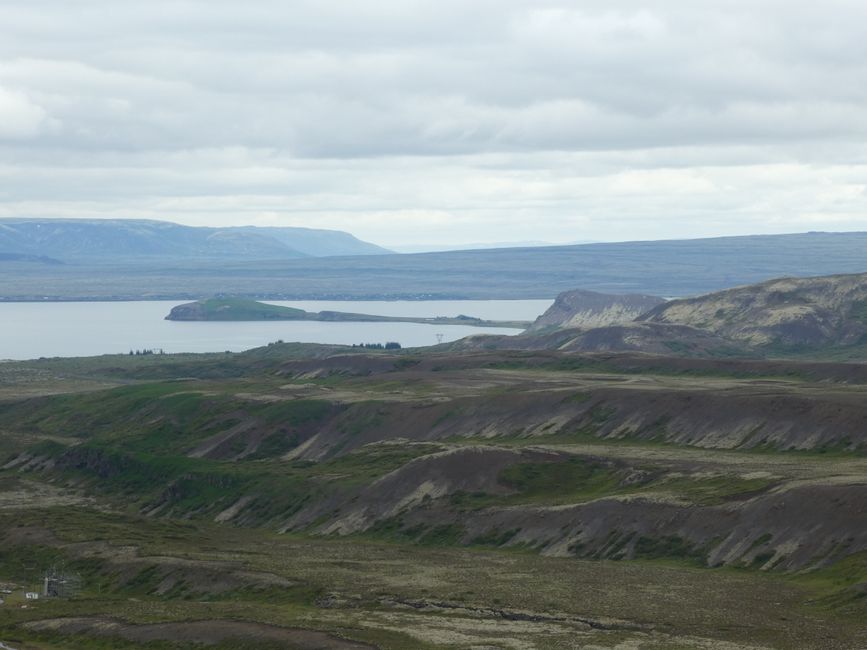
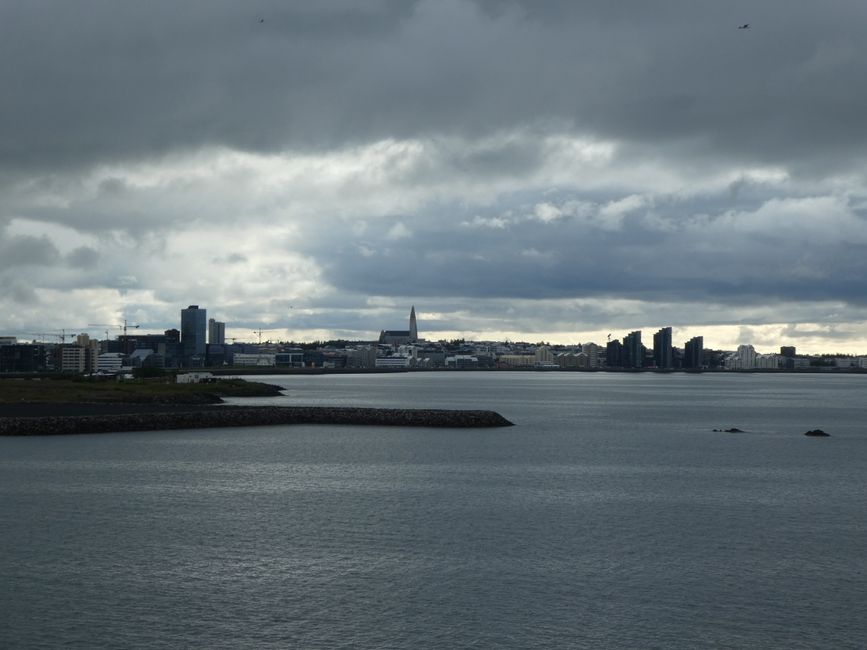
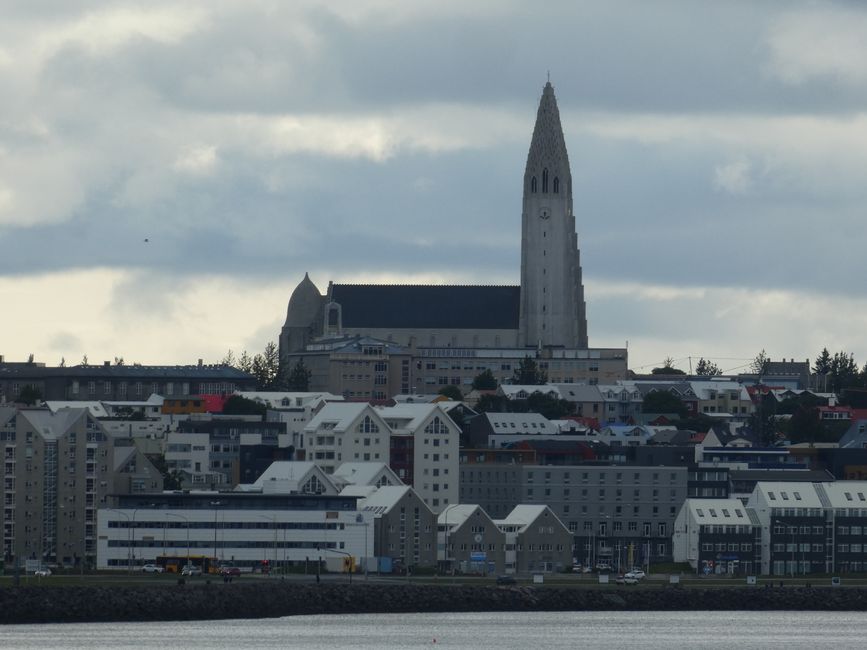
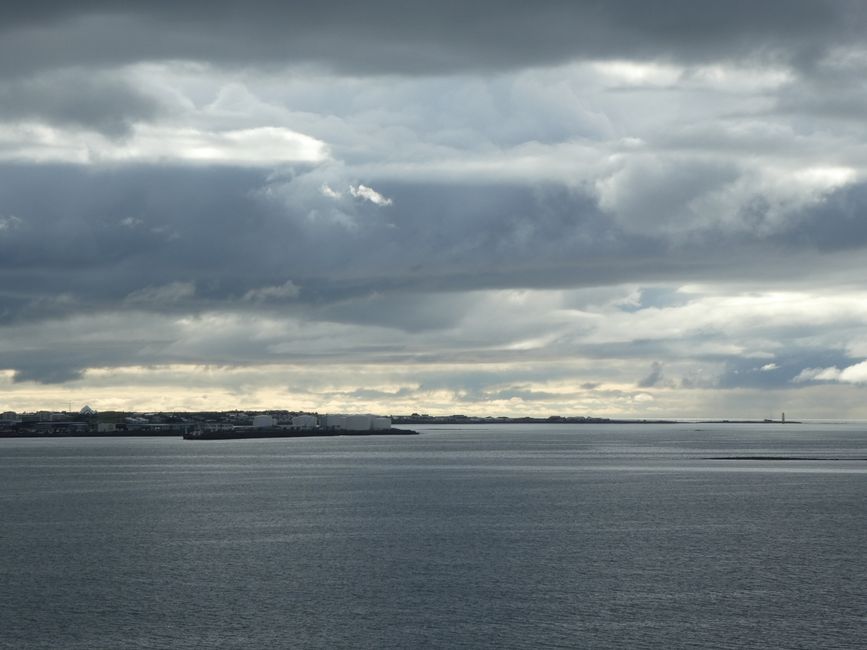

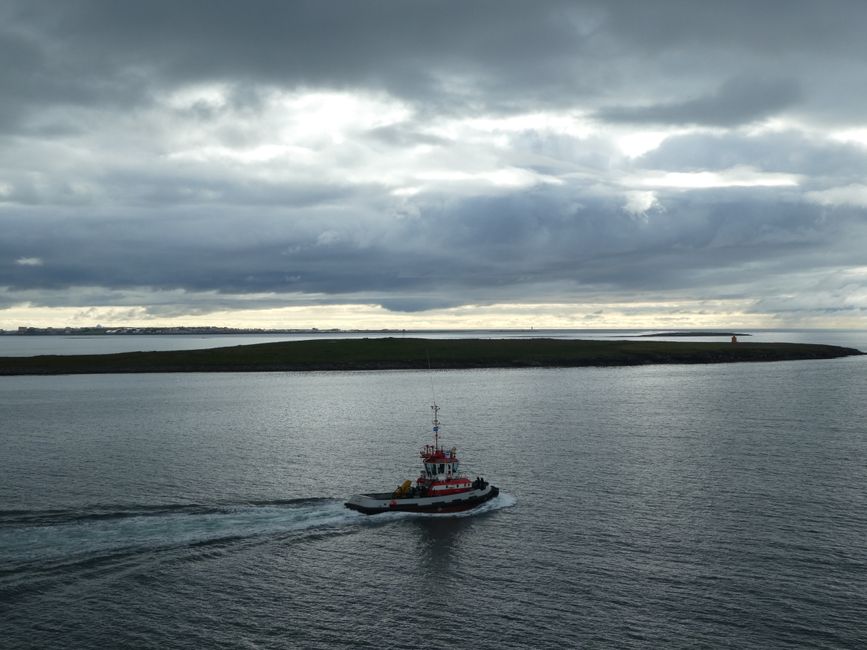
สมัครรับจดหมายข่าว
From Reykjavik, we took a bus to Thingvellir, which was declared a national park in 1930 and has been a UNESCO World Heritage site since 2004.

In the middle of the national park, the American and Eurasian plates meet, creating a lot of geothermal activity.
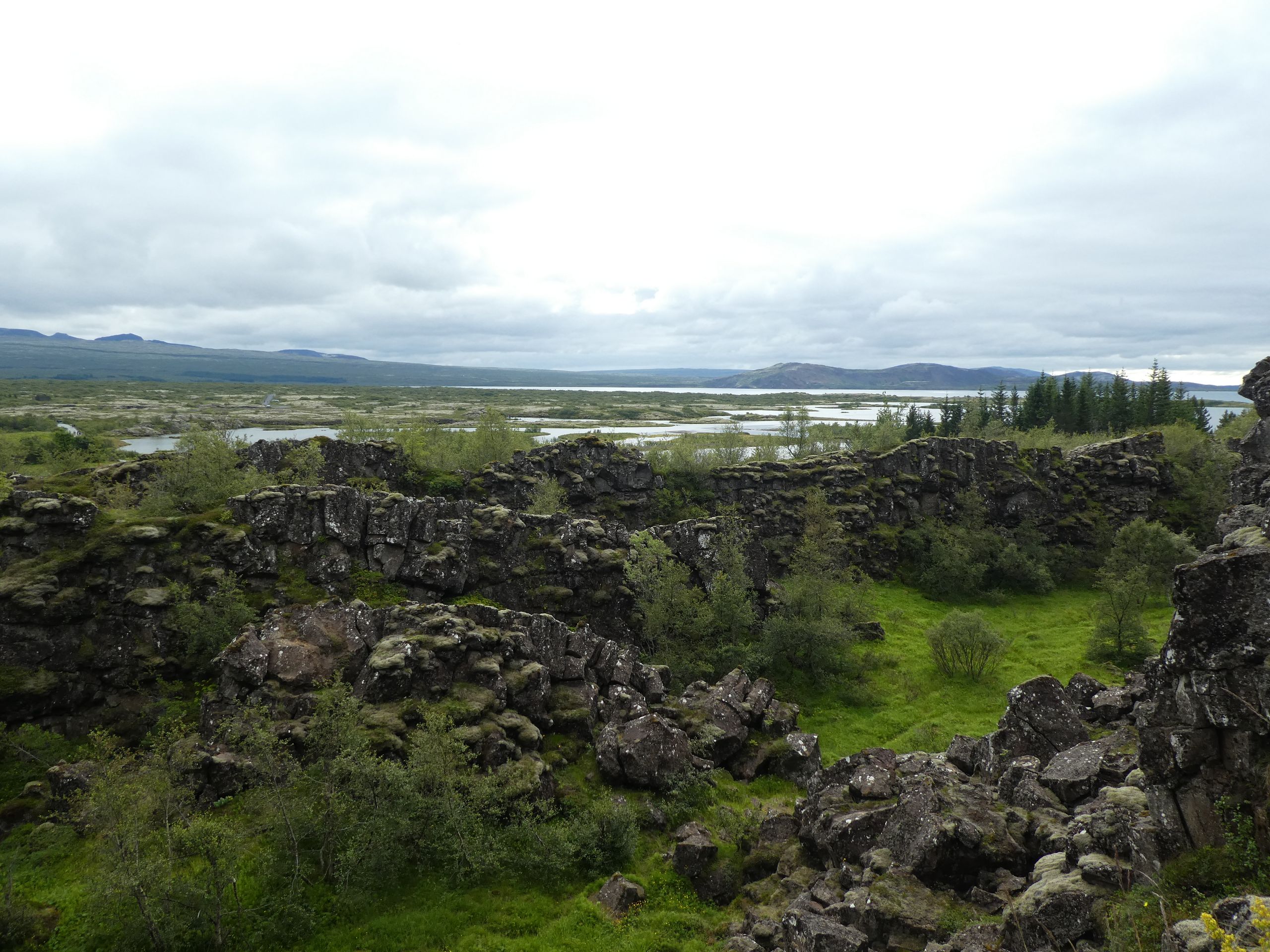
First, we stopped at the Hakid viewpoint - like many other visitor groups.
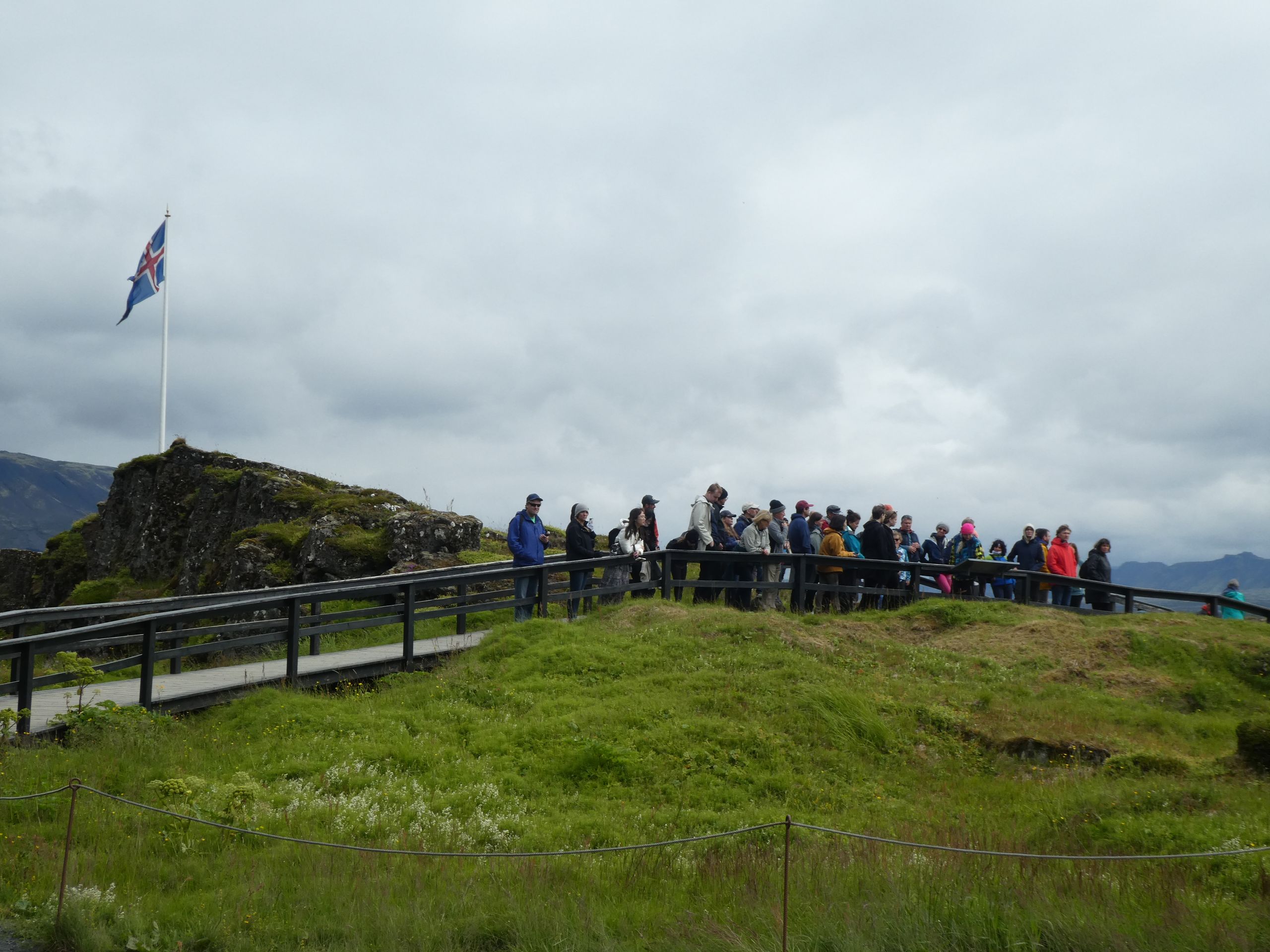
The view was very nice, but the paths were full of tourists who wanted to catch a glimpse of Lake Thingvallavatn and the gorge formed by tectonic plate movements.
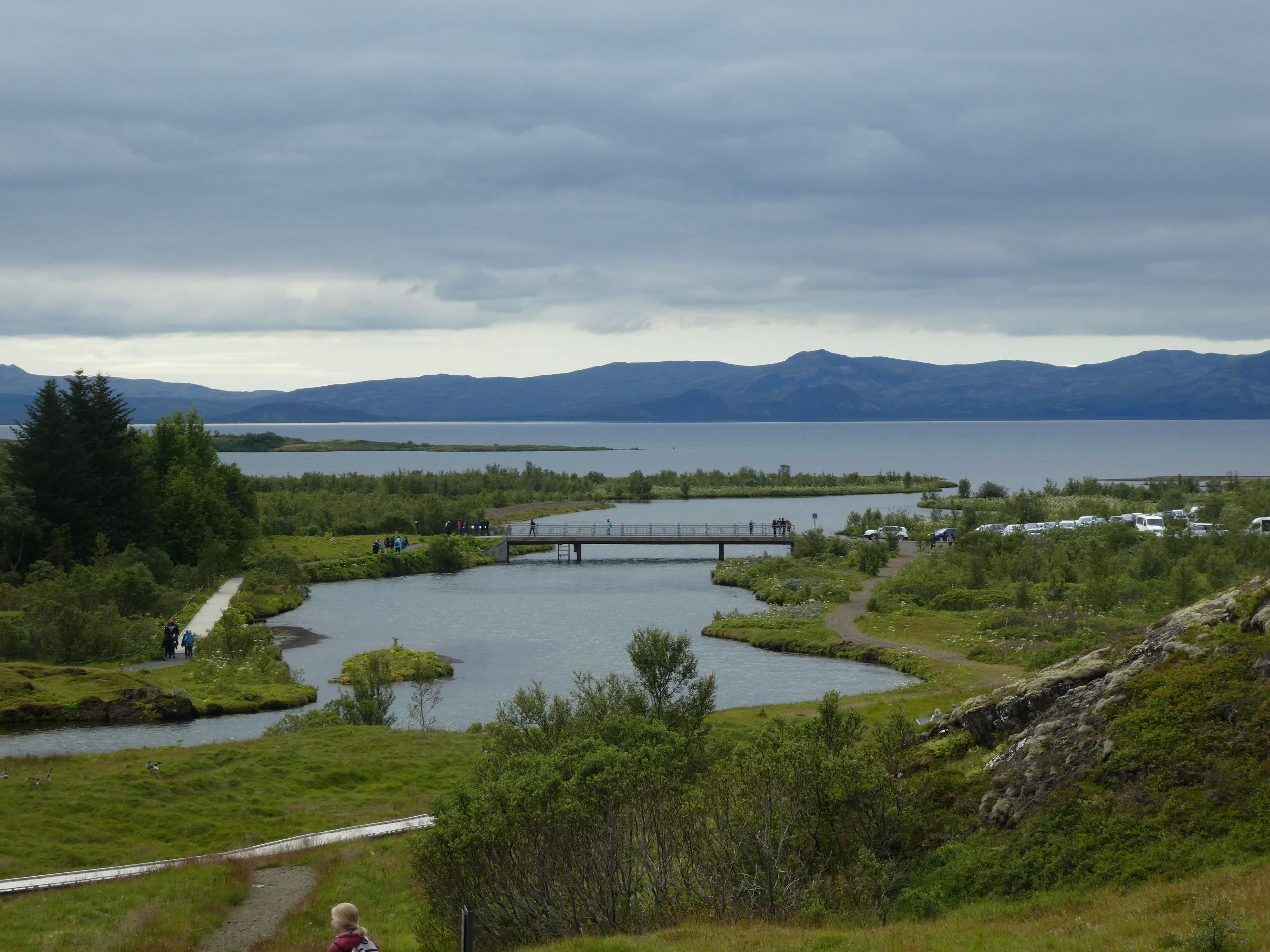
Next, we were supposed to explore the interior of Iceland: we continued to an area with lava caves.
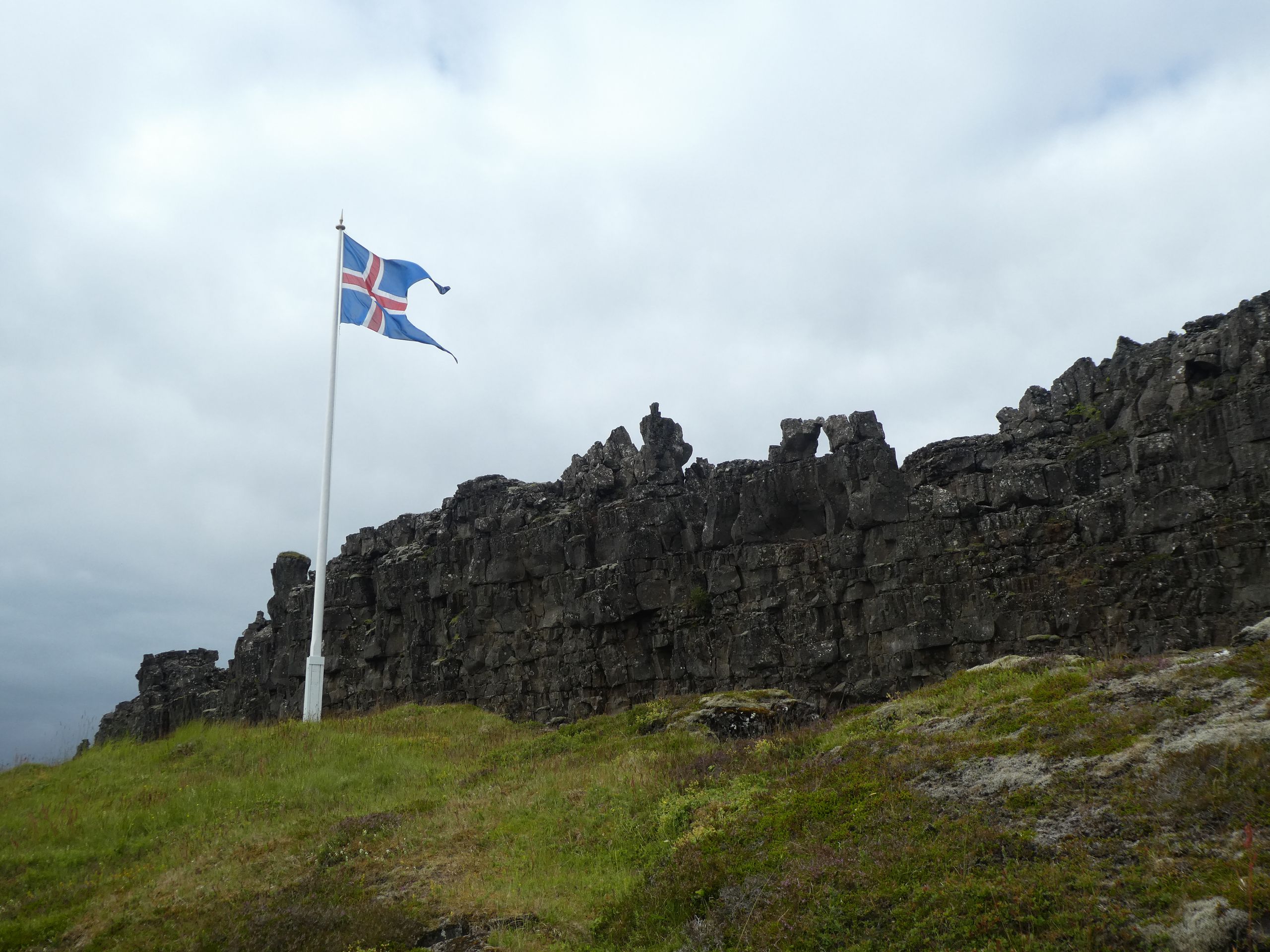
There, we saw a cave dwelling built by a young couple at the beginning of the 20th century. Today, no one lives there anymore, but the apartment has been renovated for tourism purposes.

As it turned out, we were in the wrong place for our cave tour. After a few phone calls, our guide sent us back to the bus. Unfortunately, the parking lot was not suitable for buses, so our poor bus driver had to drive backwards after attempts to turn the bus failed.
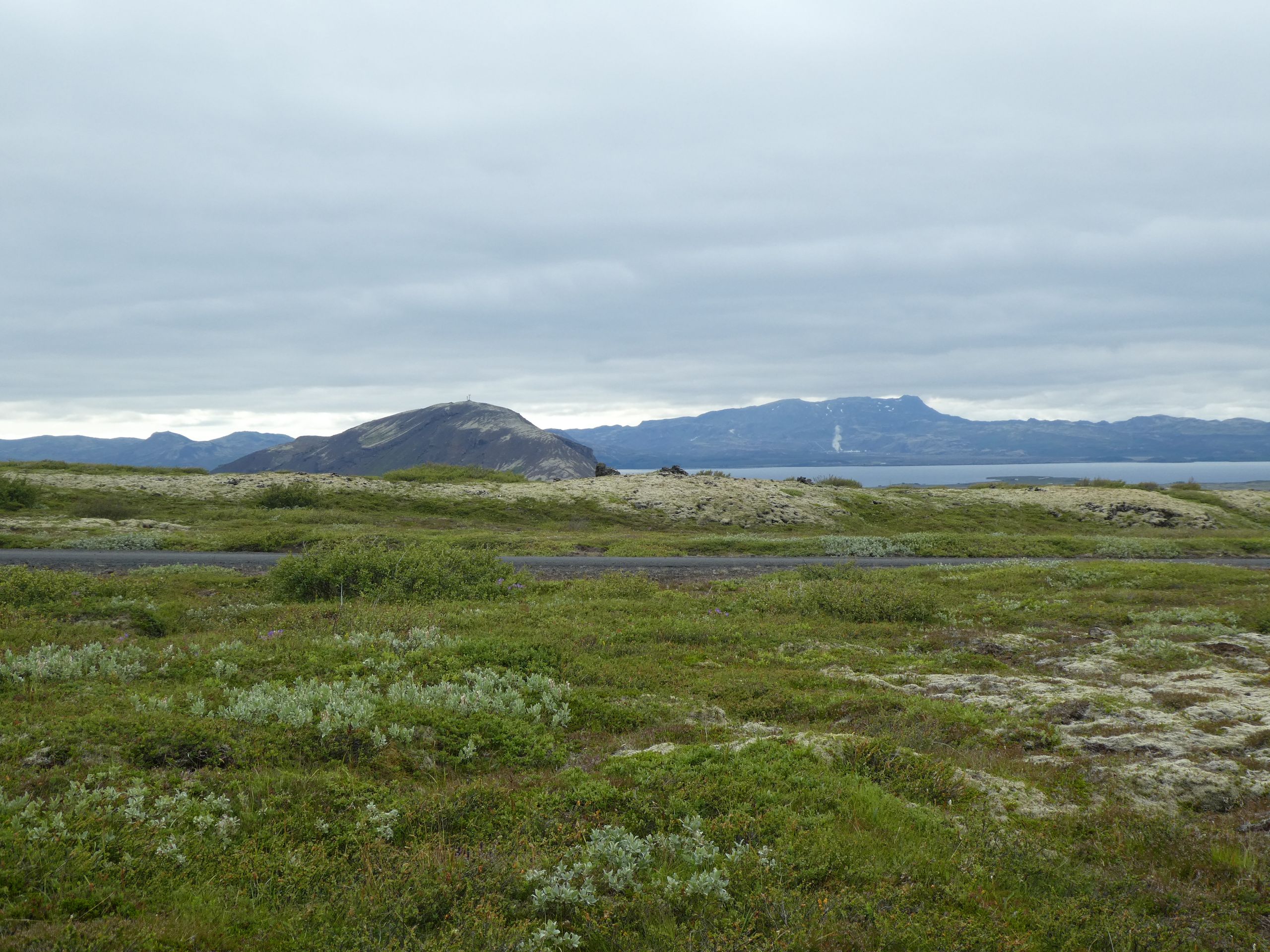
Now we had also experienced Iceland in reverse on a gravel road.
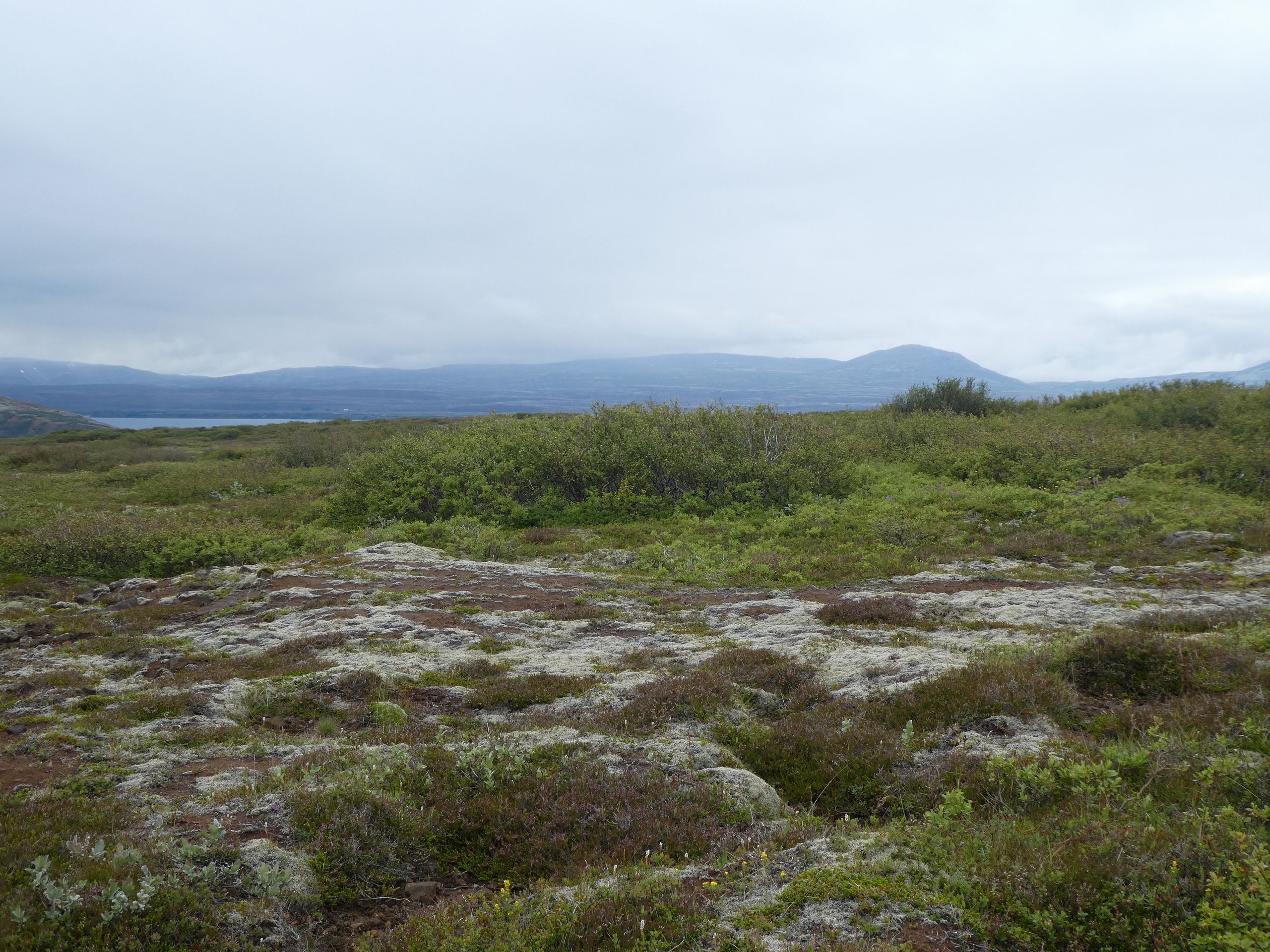
After a few kilometers, we reached the correct meeting point, where our cave guide was already waiting for us.
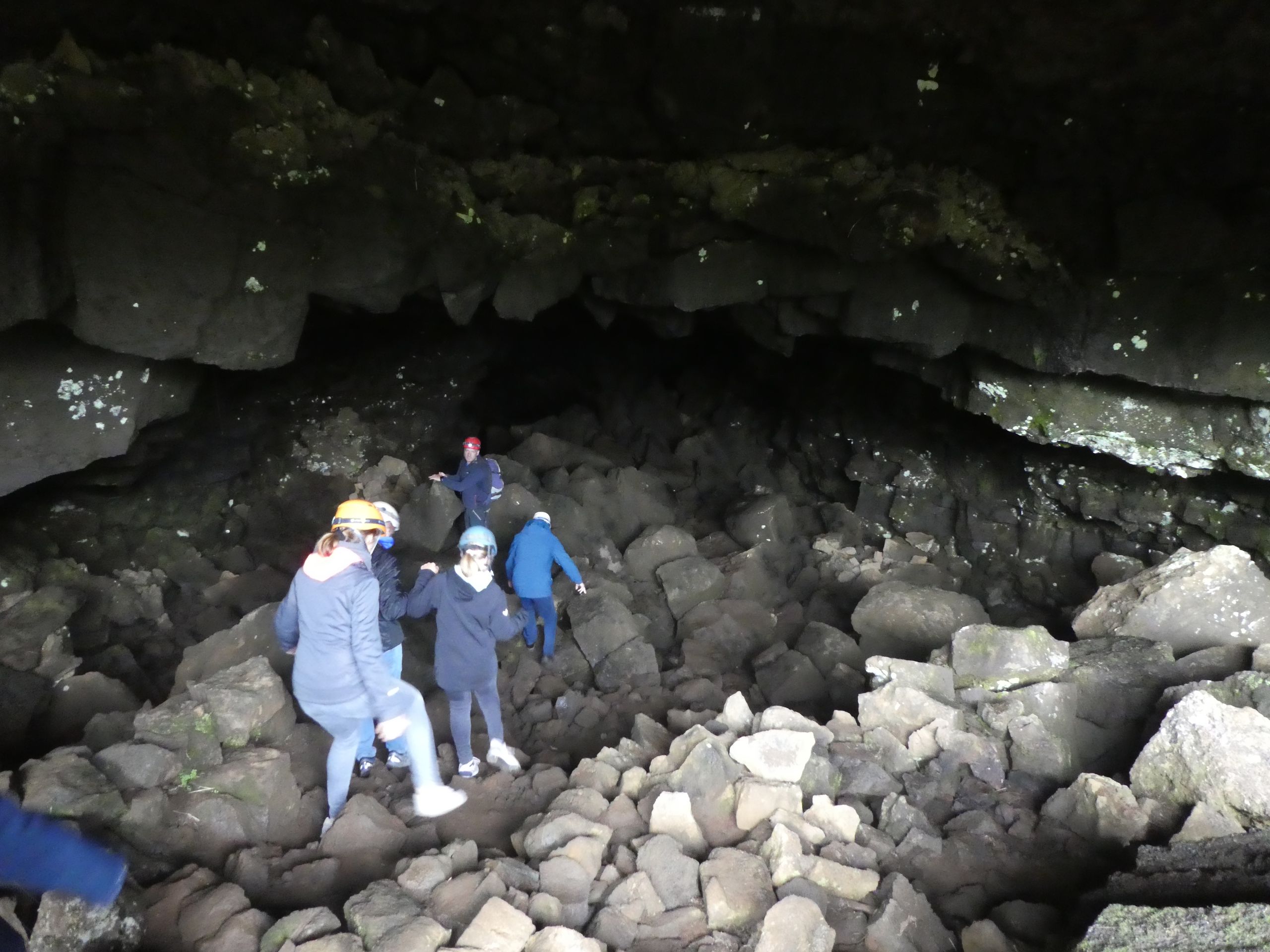
Everyone got a helmet with a headlamp, and we began the descent into the lava cave.
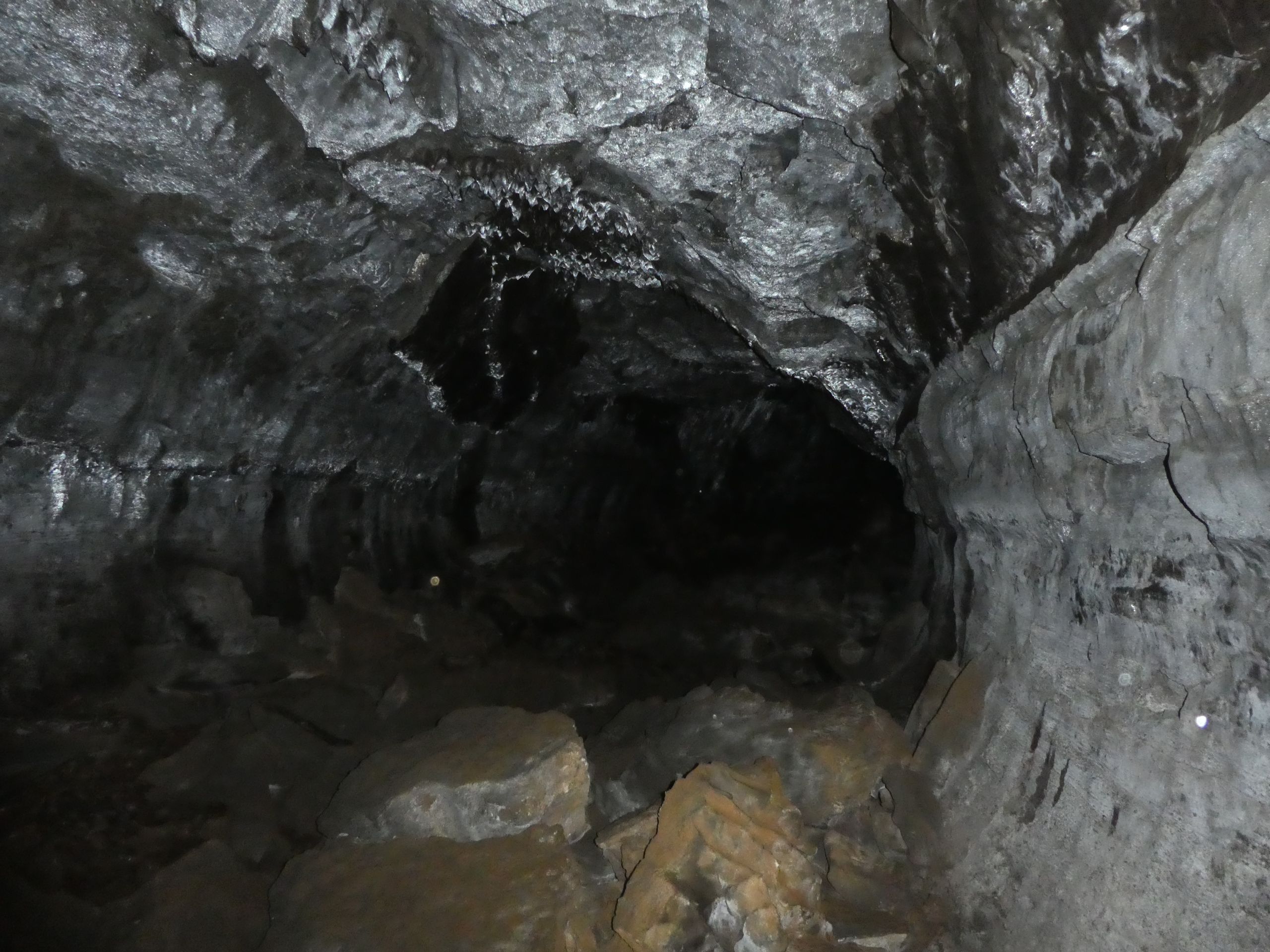
The cave was formed during a volcanic eruption: while the outer layers of lava cooled and formed a tunnel, the hot lava flowed through the inside and left a hollow space.
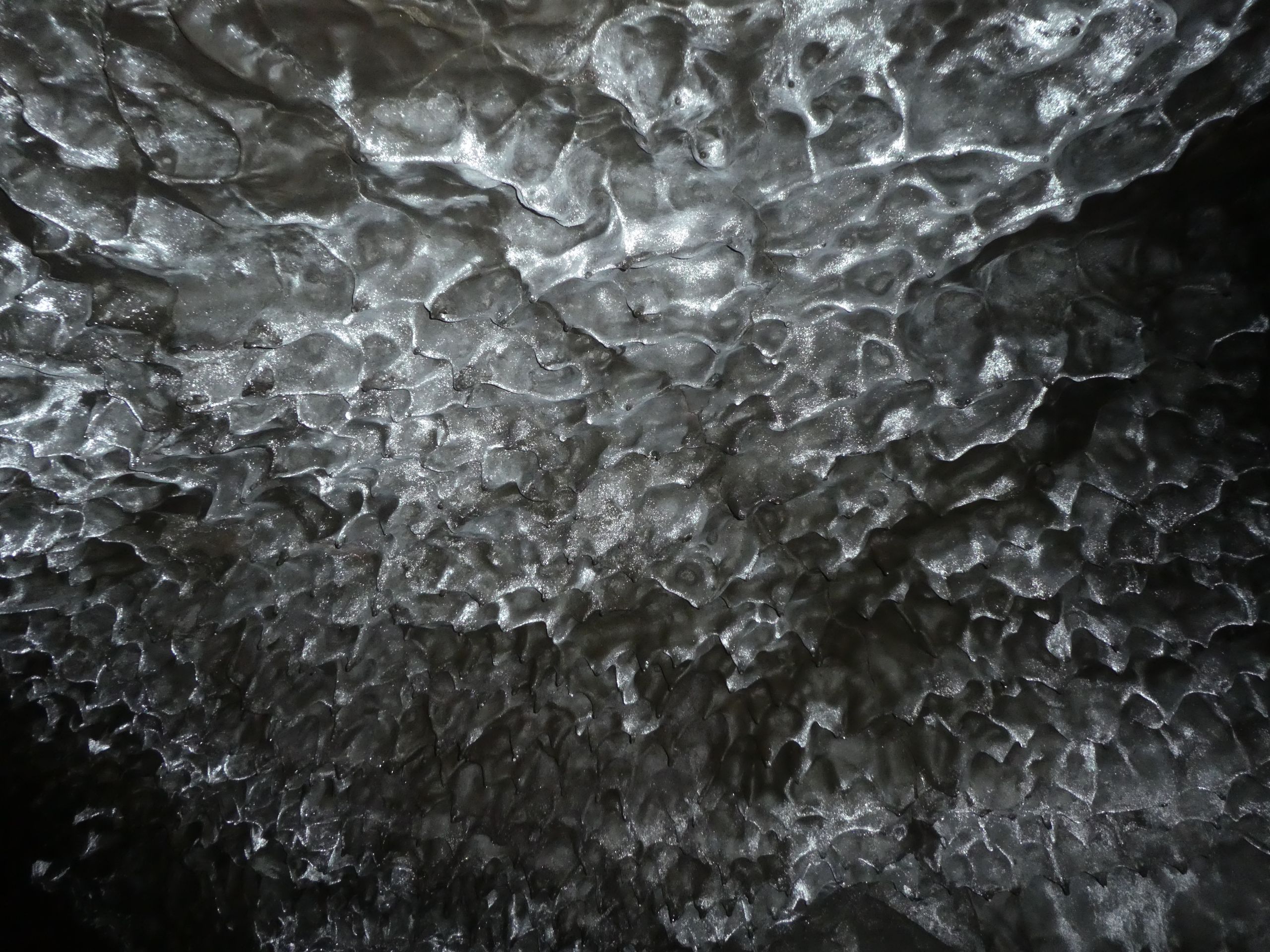
During earthquakes, parts of the ceiling collapsed, so we had to climb over some rocks and squeeze through narrow passages.

We were grateful for our high hiking boots. There was also a fall in our group, but with only minor scratches, which our cave guide quickly treated.
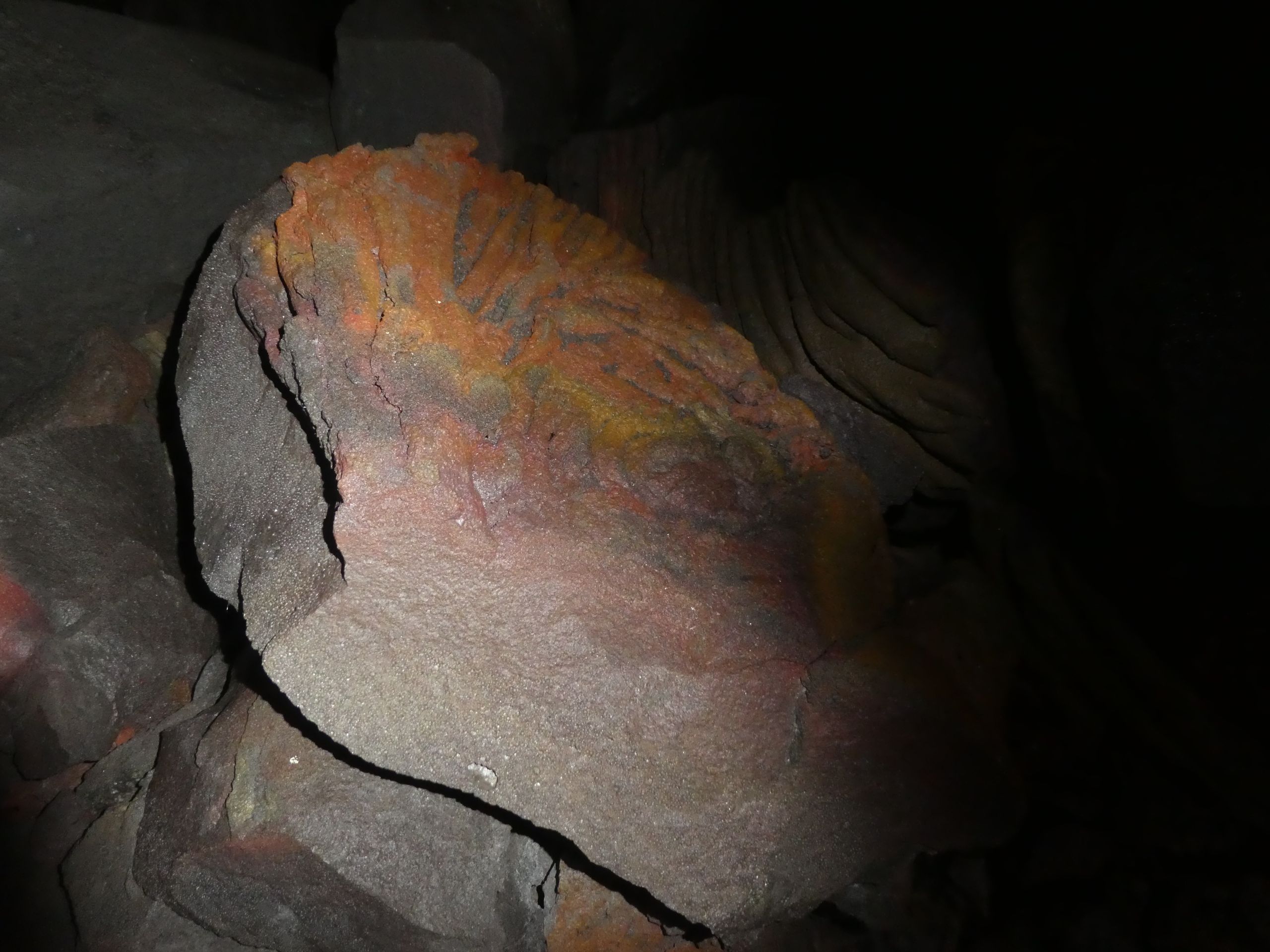
In the middle of the cave, we had Icelandic pastries and hot chocolate while listening to the history of cave exploration.
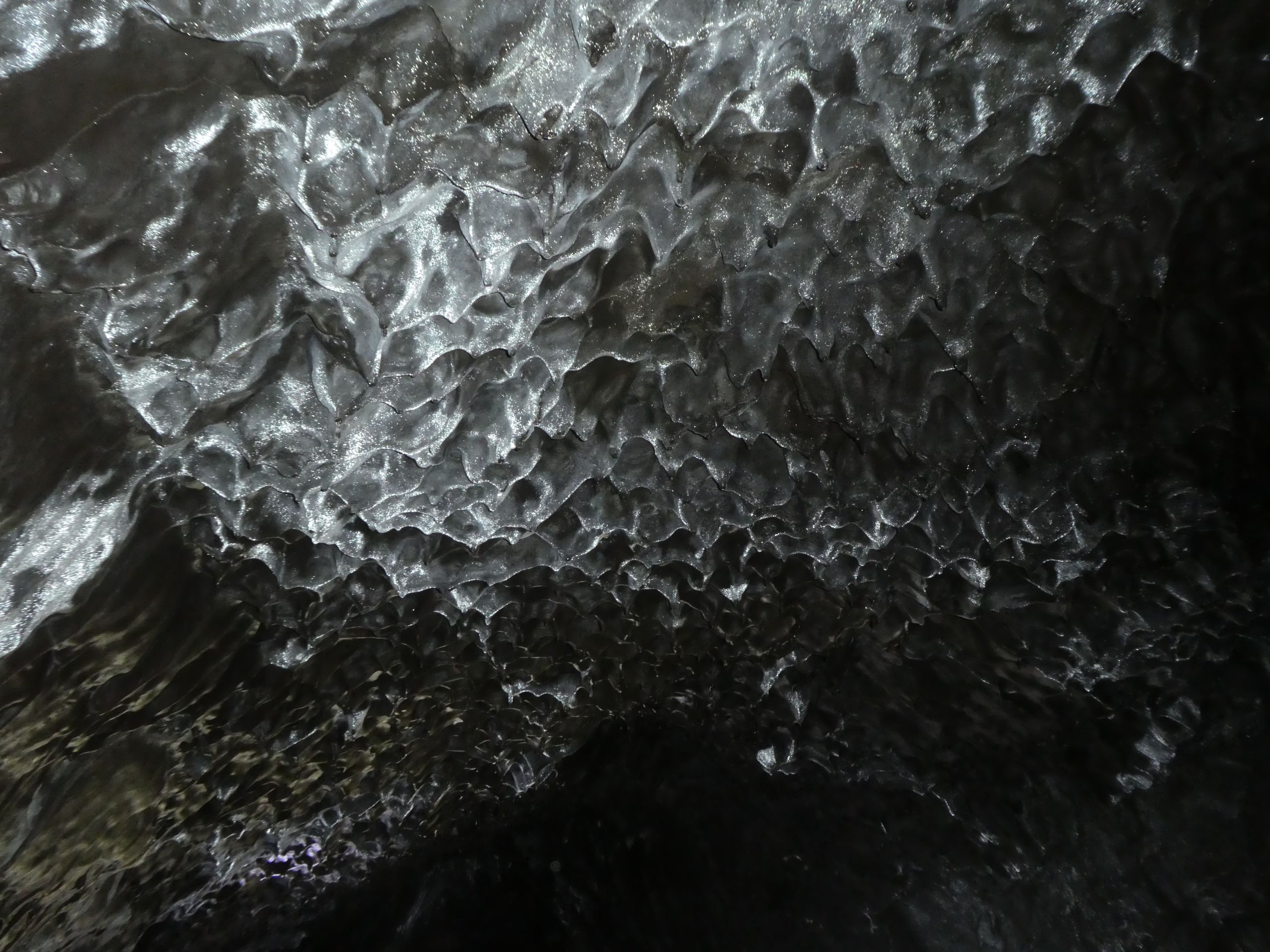
In the past, people didn't dare to enter because they believed there were trolls or other creatures inside.
It was only with modern headlamps that exploration became easier: in the middle of the cave, there is complete darkness (which we tried when we all turned off our lamps during a stop).
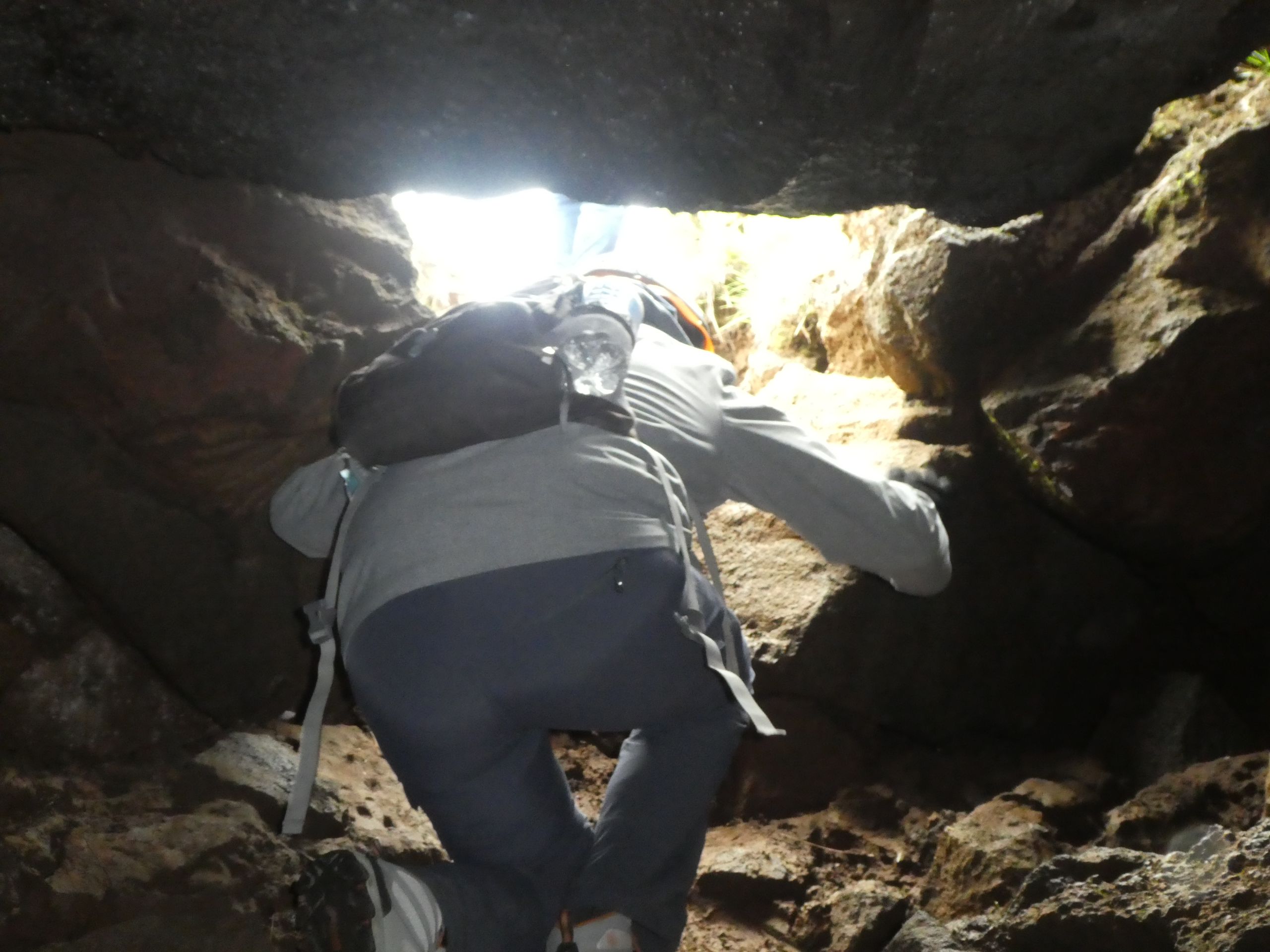
Finally, we reached the exit and completed our journey through the cave. As a conclusion, we had to crawl through the quite small hole to get outside.
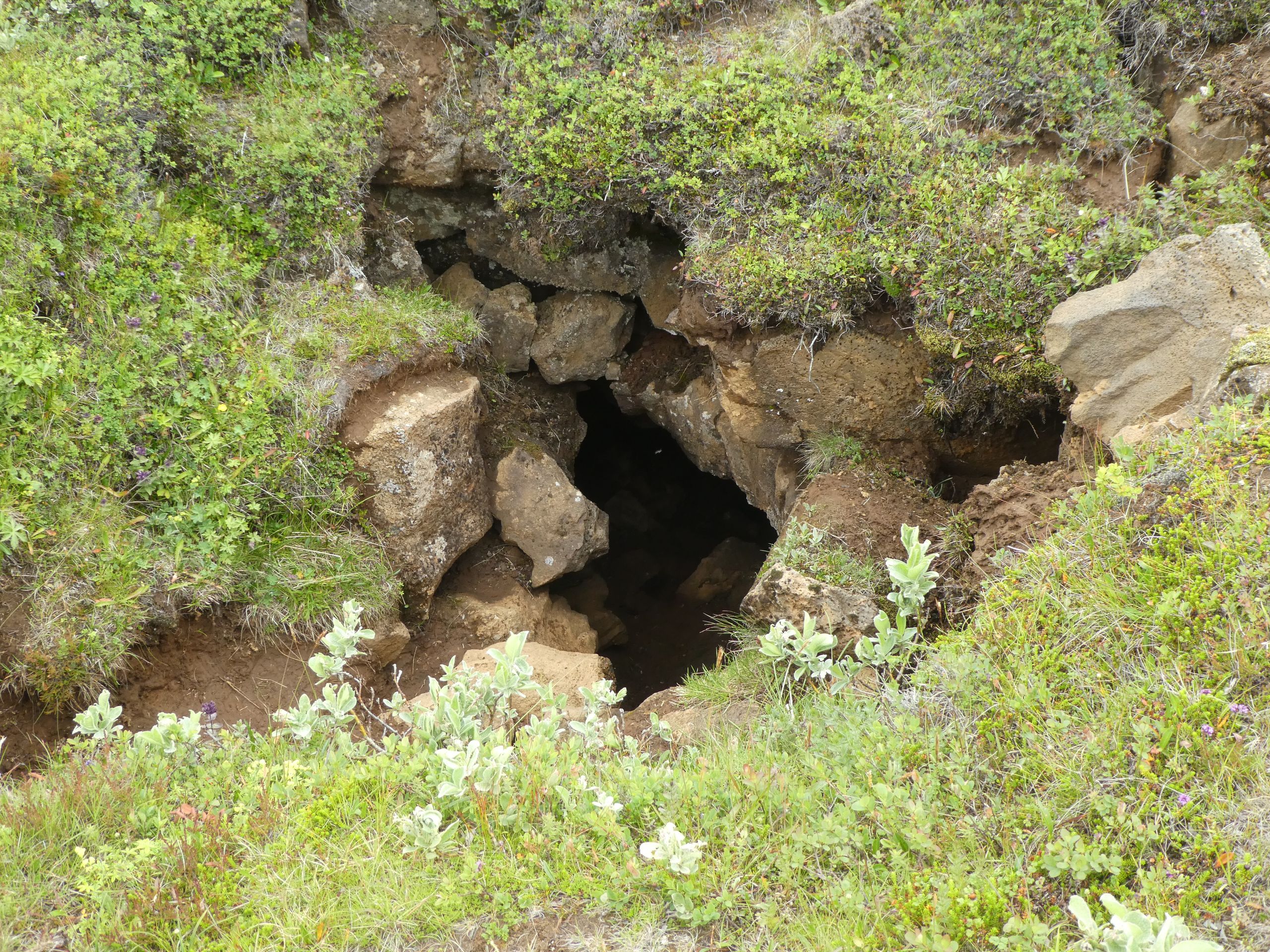
Then the guide mentioned that we had covered 364 meters underground, which took us over an hour. The way back to the bus along the road was much shorter now…
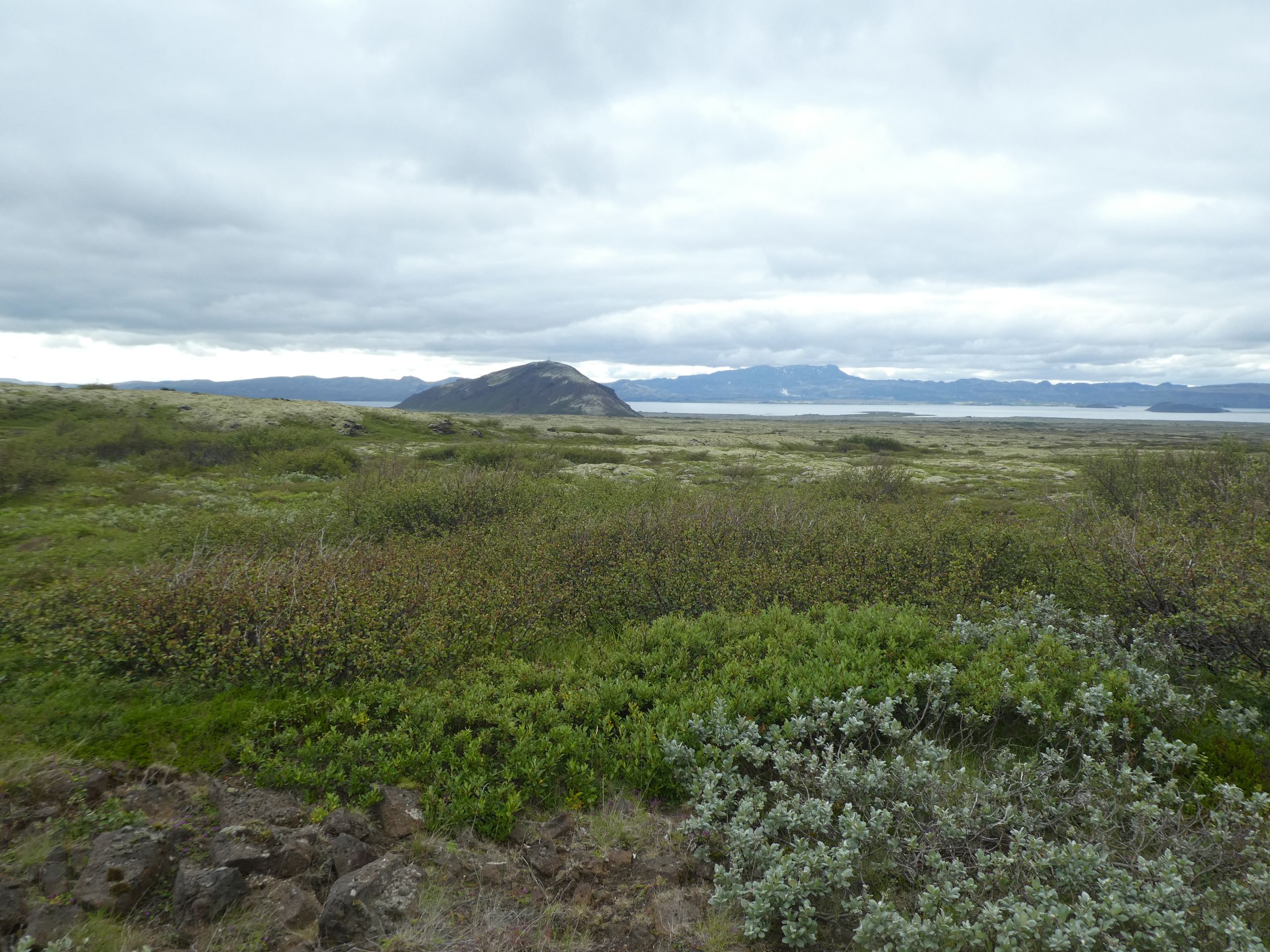
We were already quite delayed due to our detours and backward trips, but we still made one last stop: the Nesjavellir viewpoint.
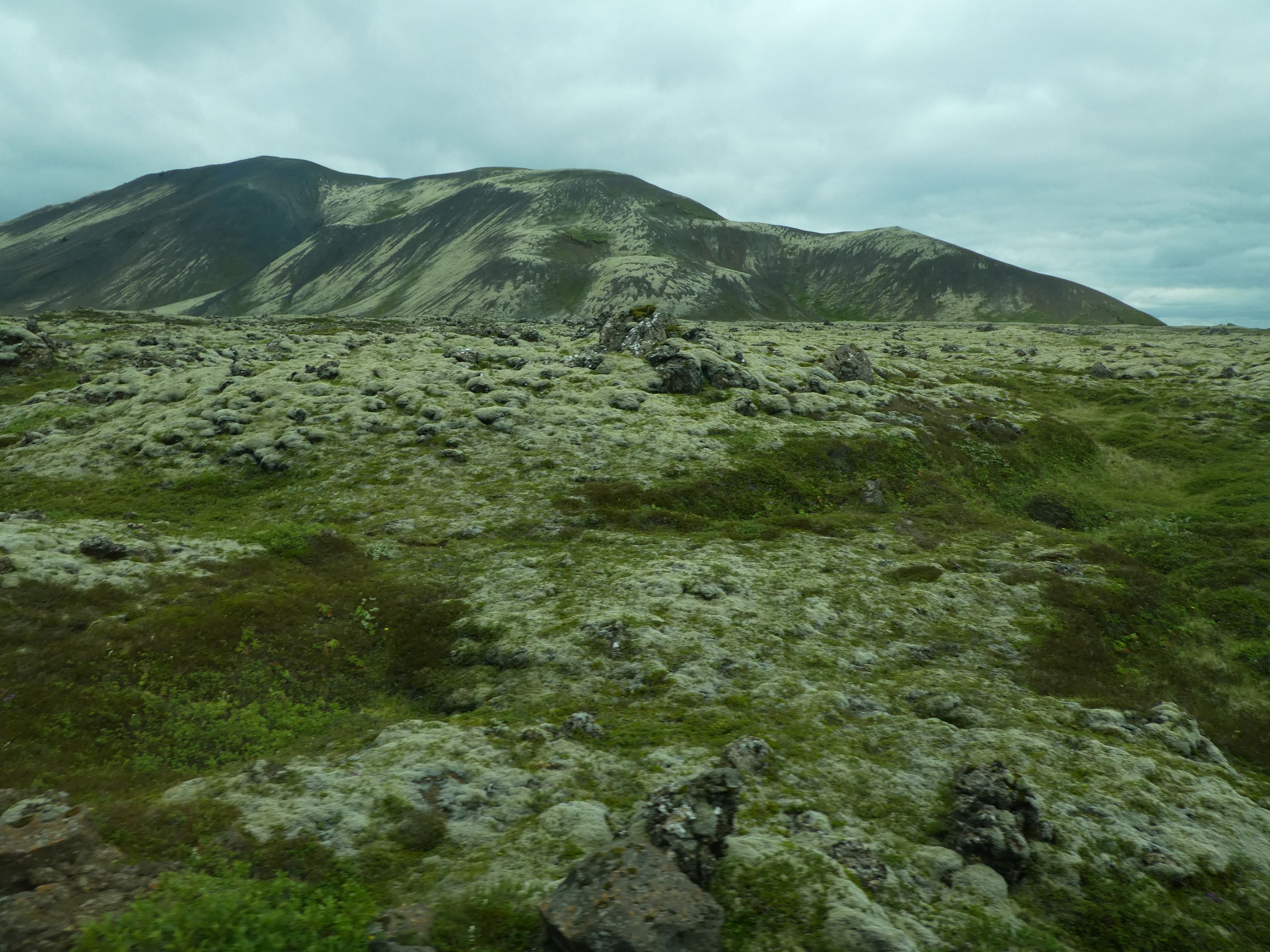
From there, we could not only overlook the landscape, but also see the facility of a geothermal power plant.

With the help of natural hot steam, water is heated and then transported to houses in Reykjavik.

At the same time, electricity is generated in the plant using the steam (or as my husband would put it: thermal energy is converted into electrical energy).

With an hour's delay, we finally reached our ship just in time before departure.
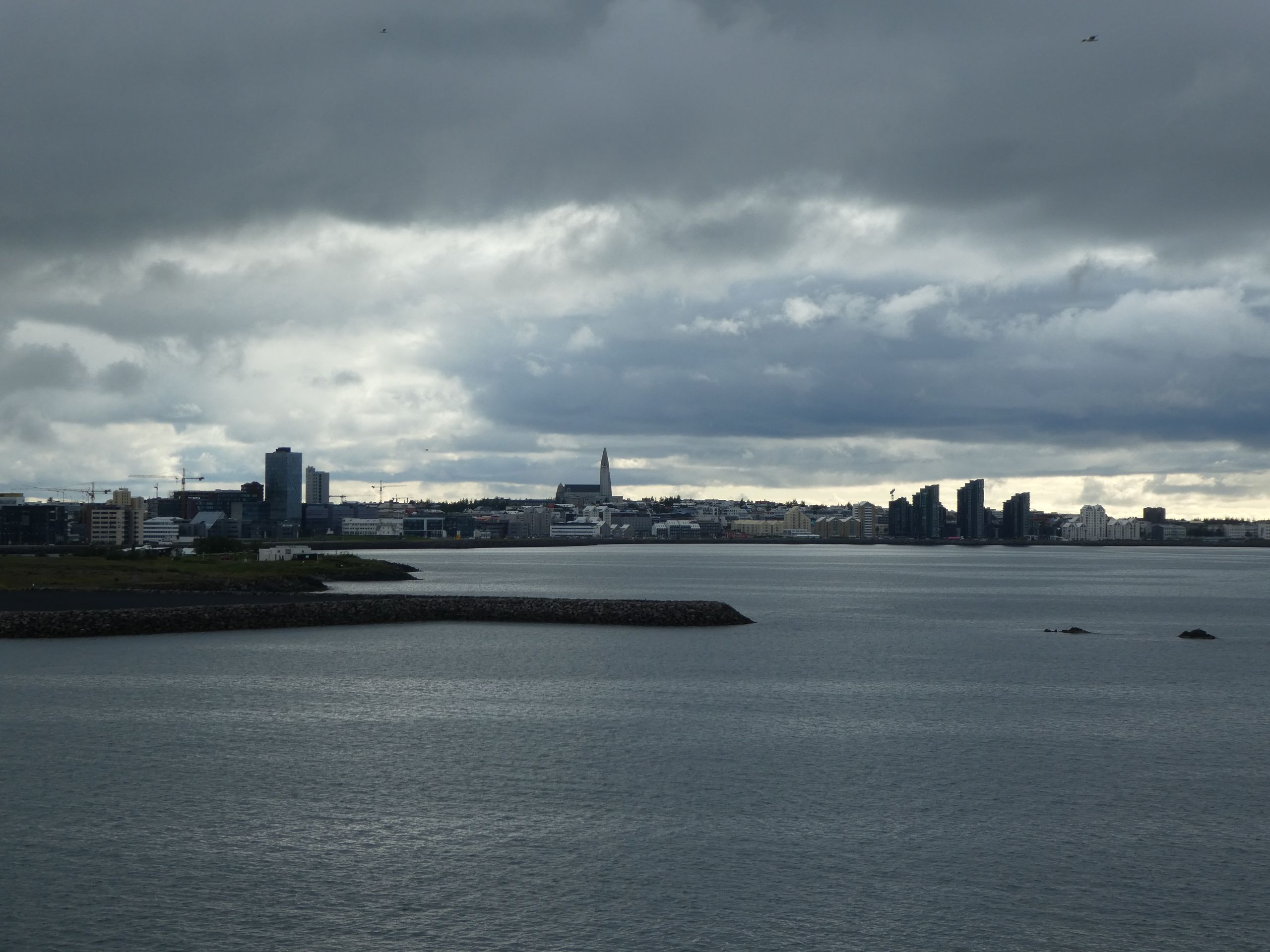
As we sailed away, we took one last look at Reykjavik and said goodbye to Iceland.
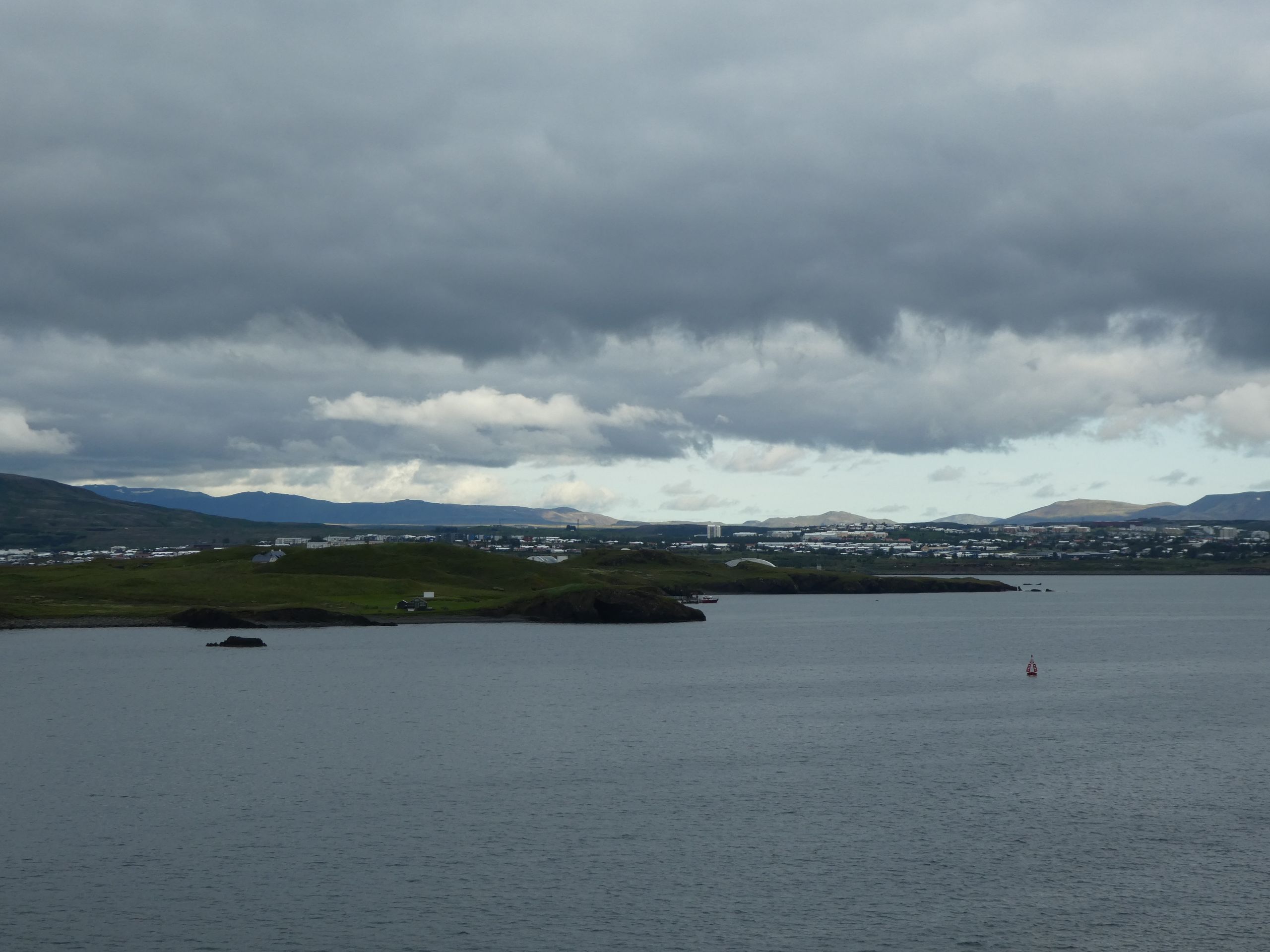
สมัครรับจดหมายข่าว
คำตอบ
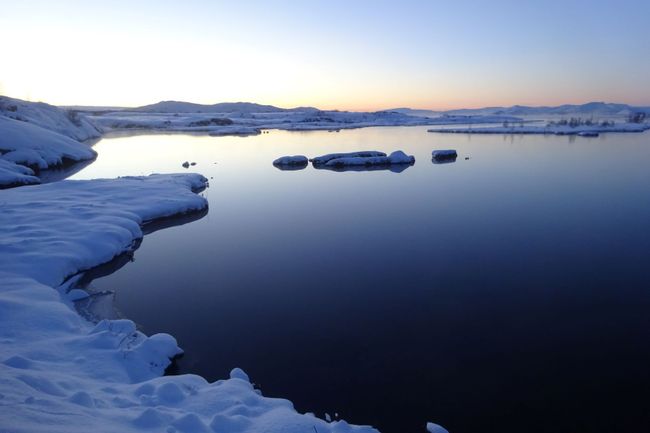
รายงานการเดินทาง ไอซ์แลนด์
